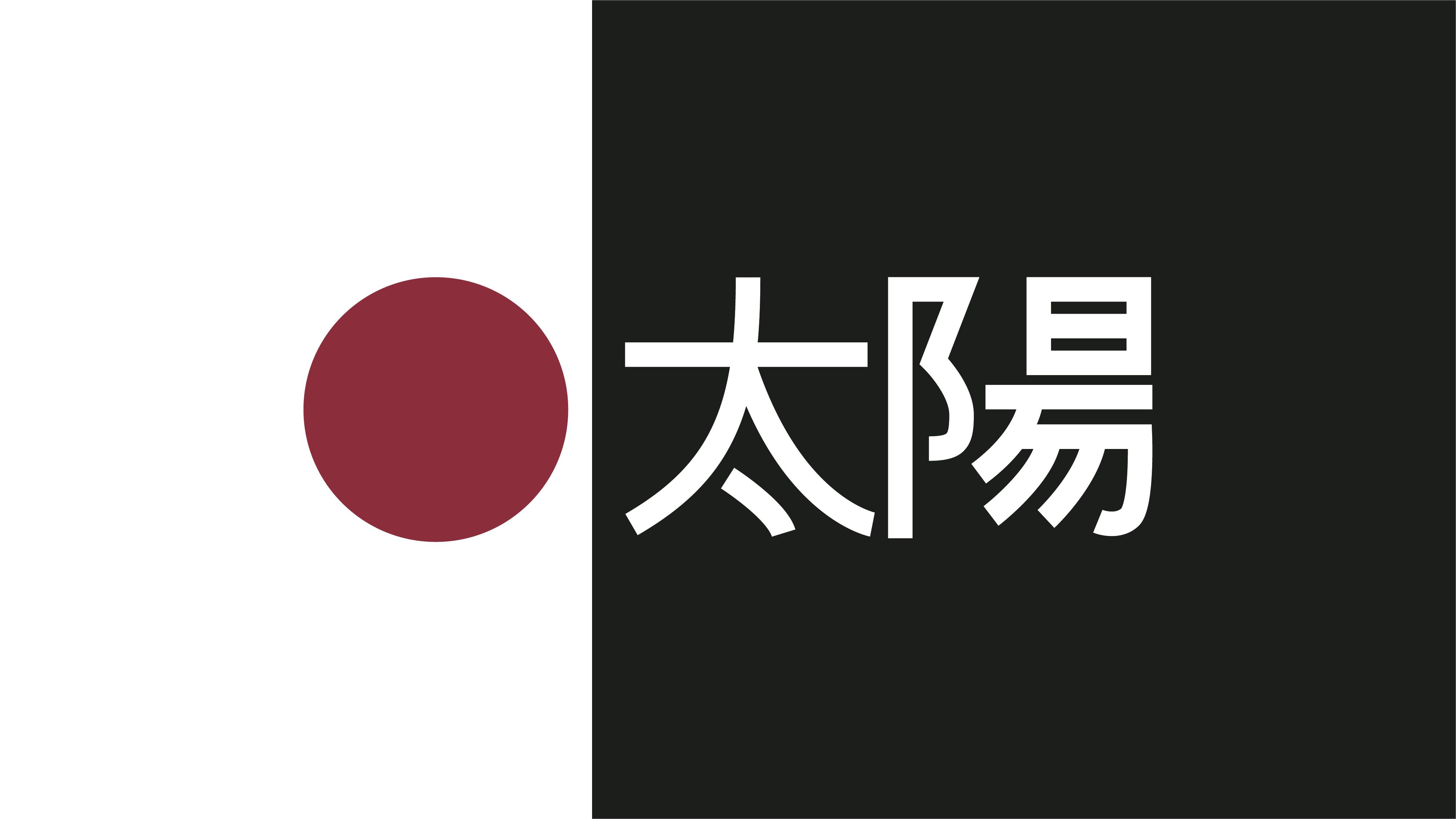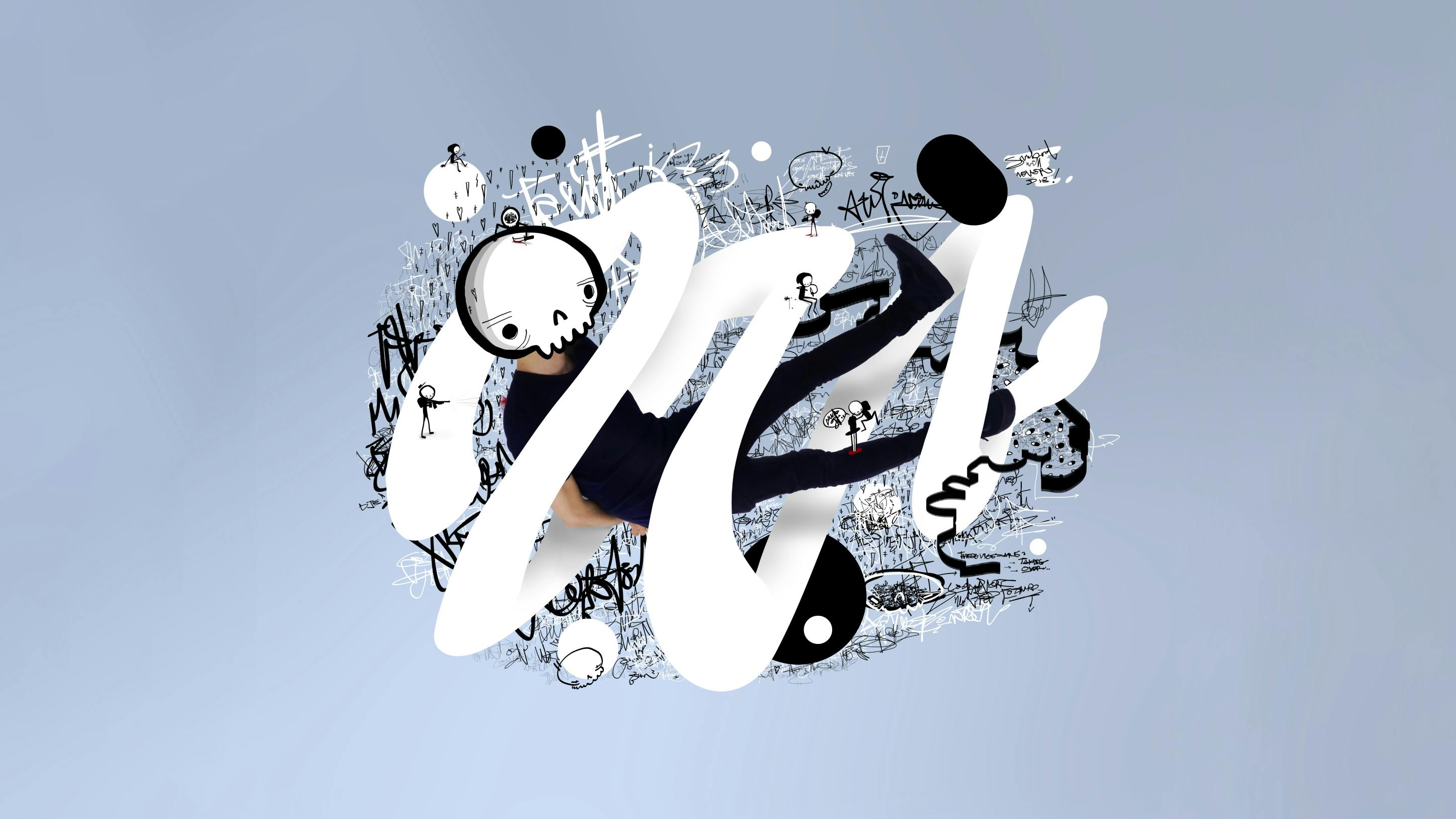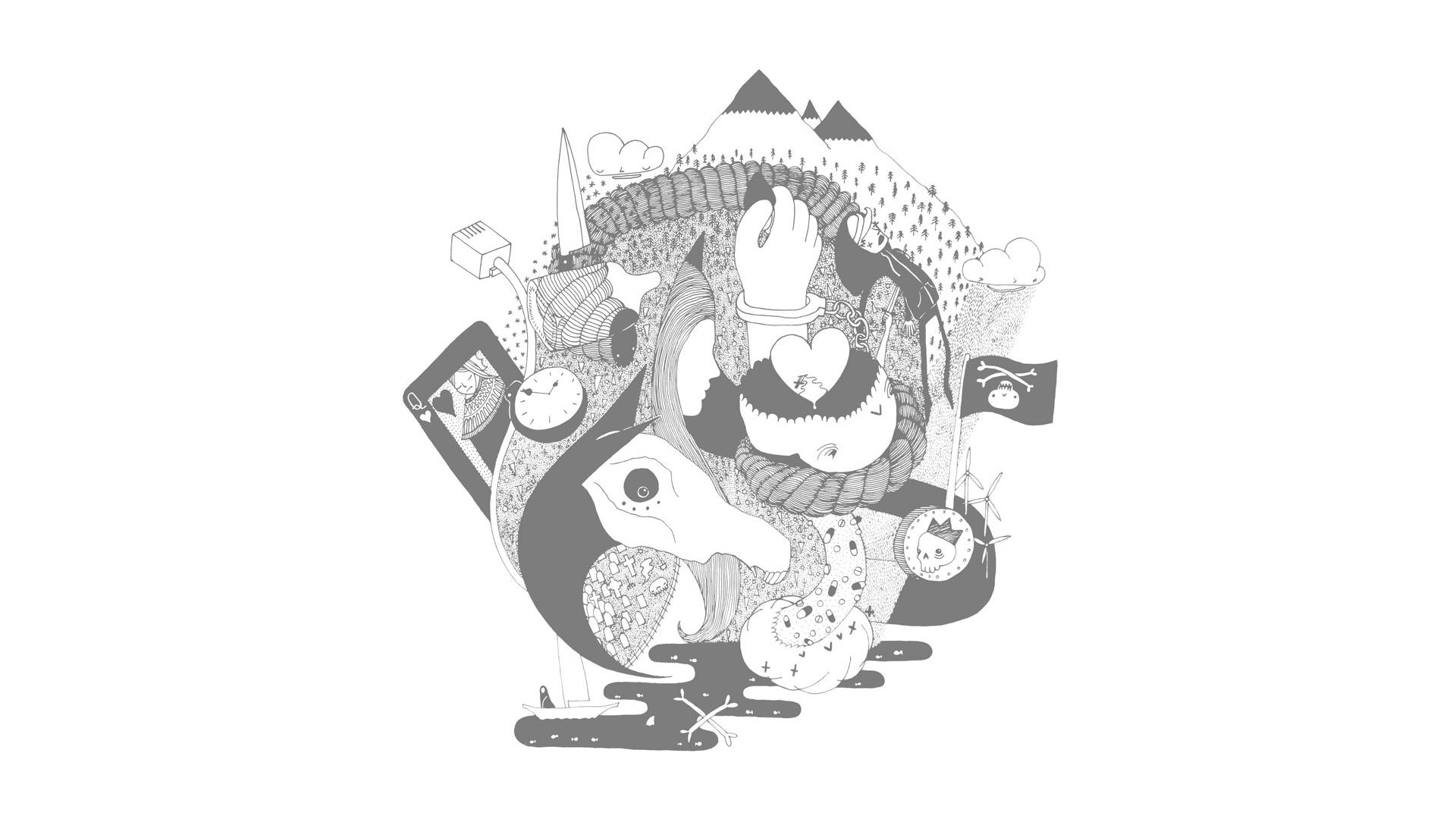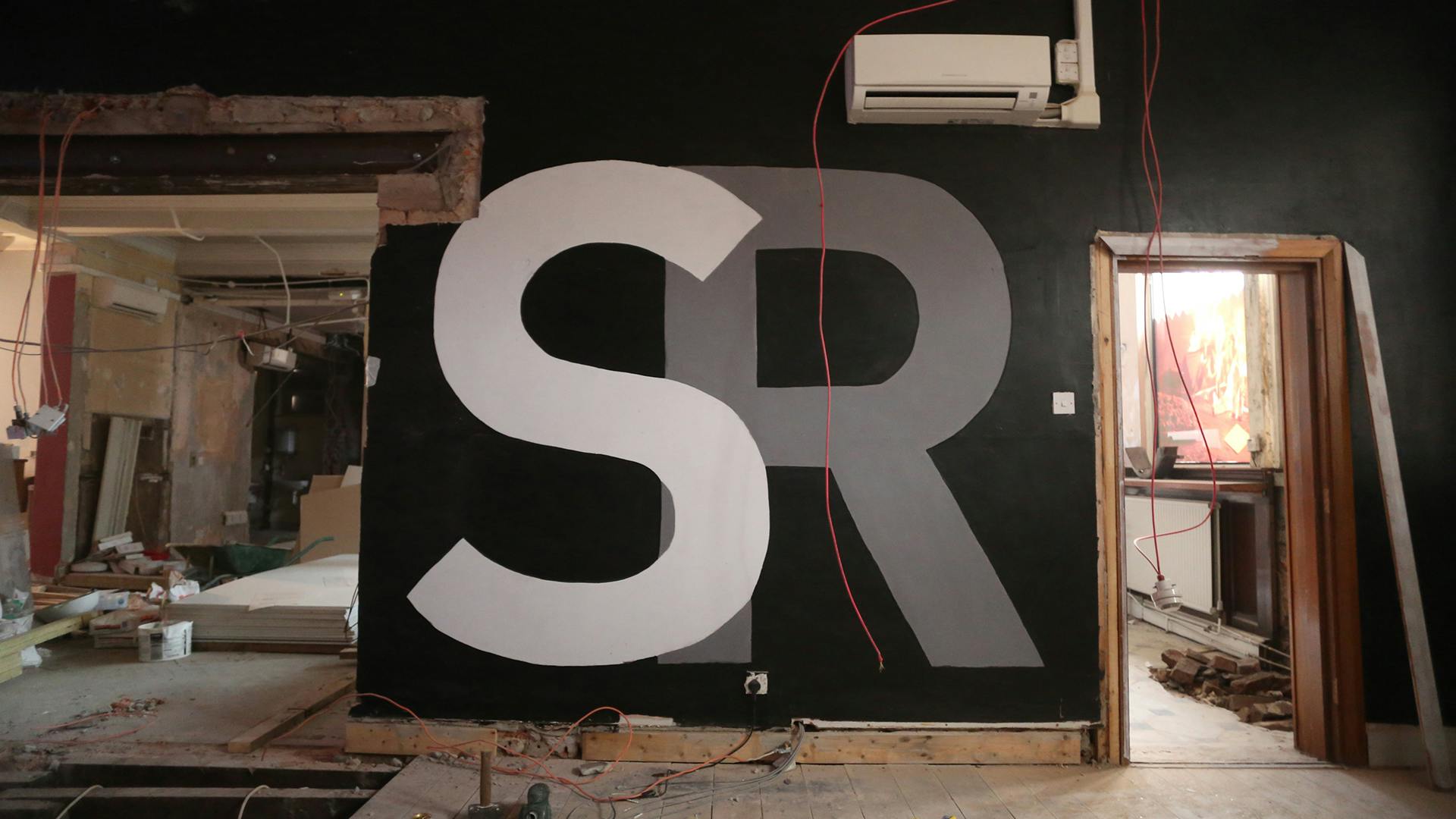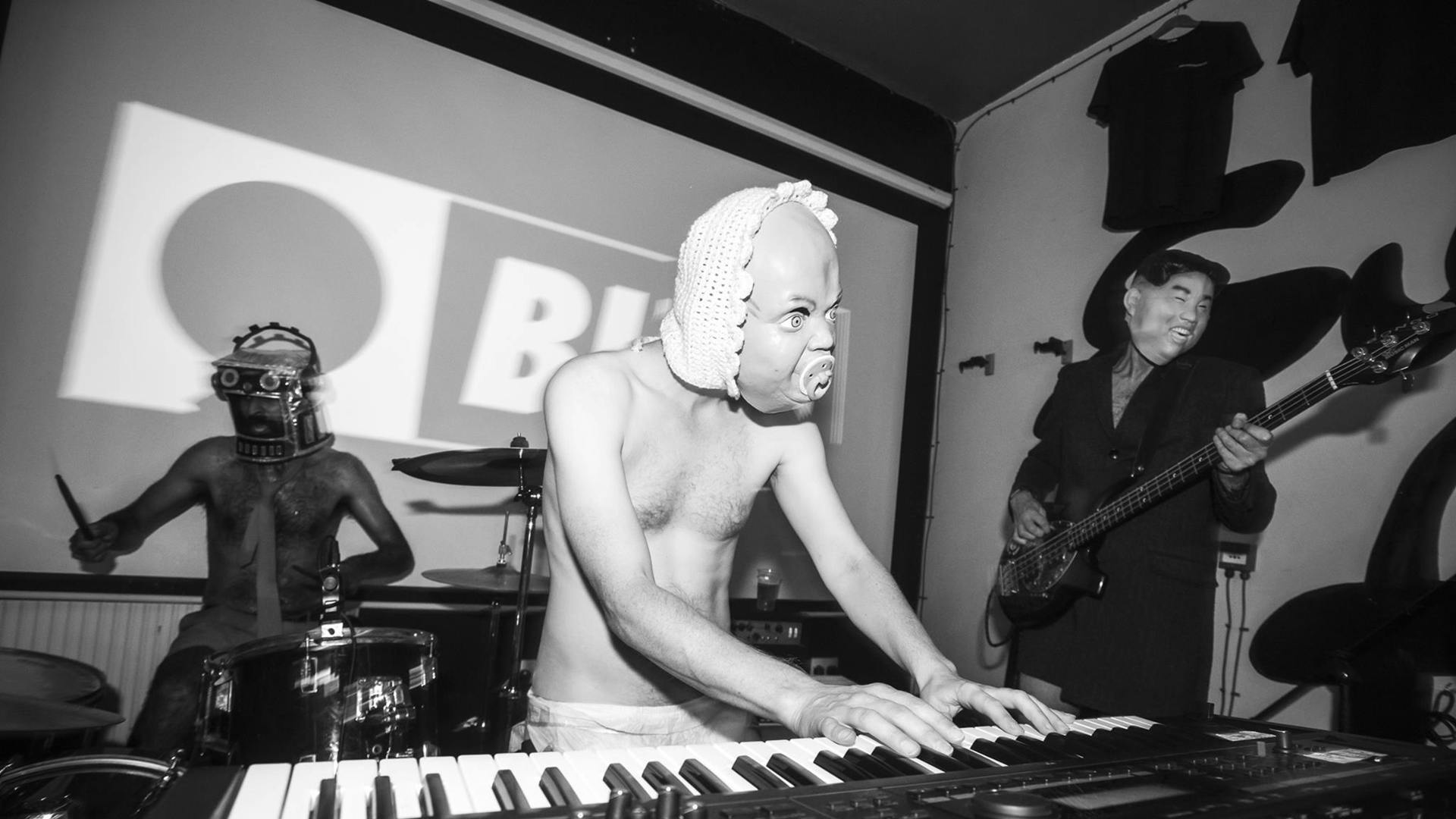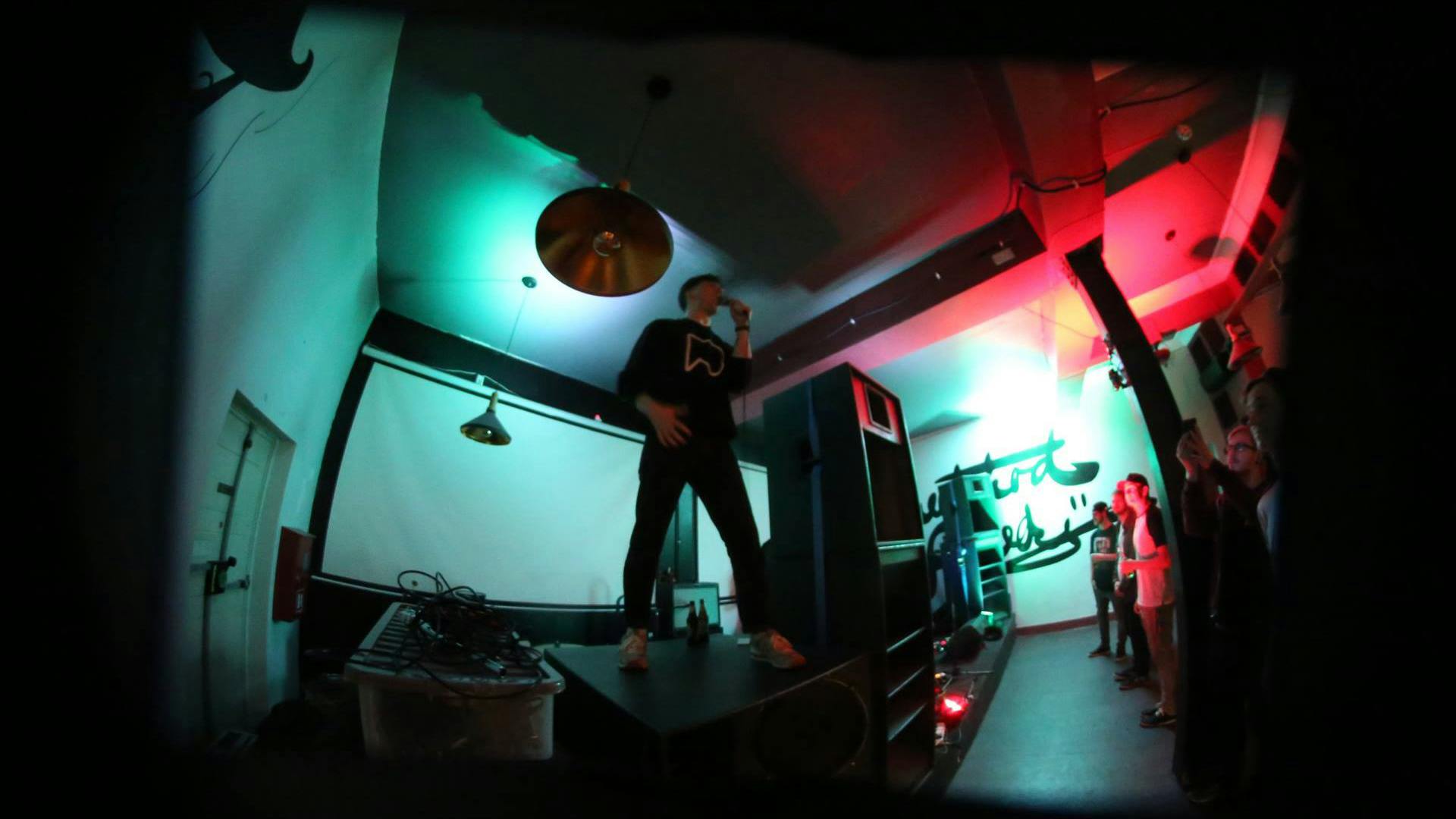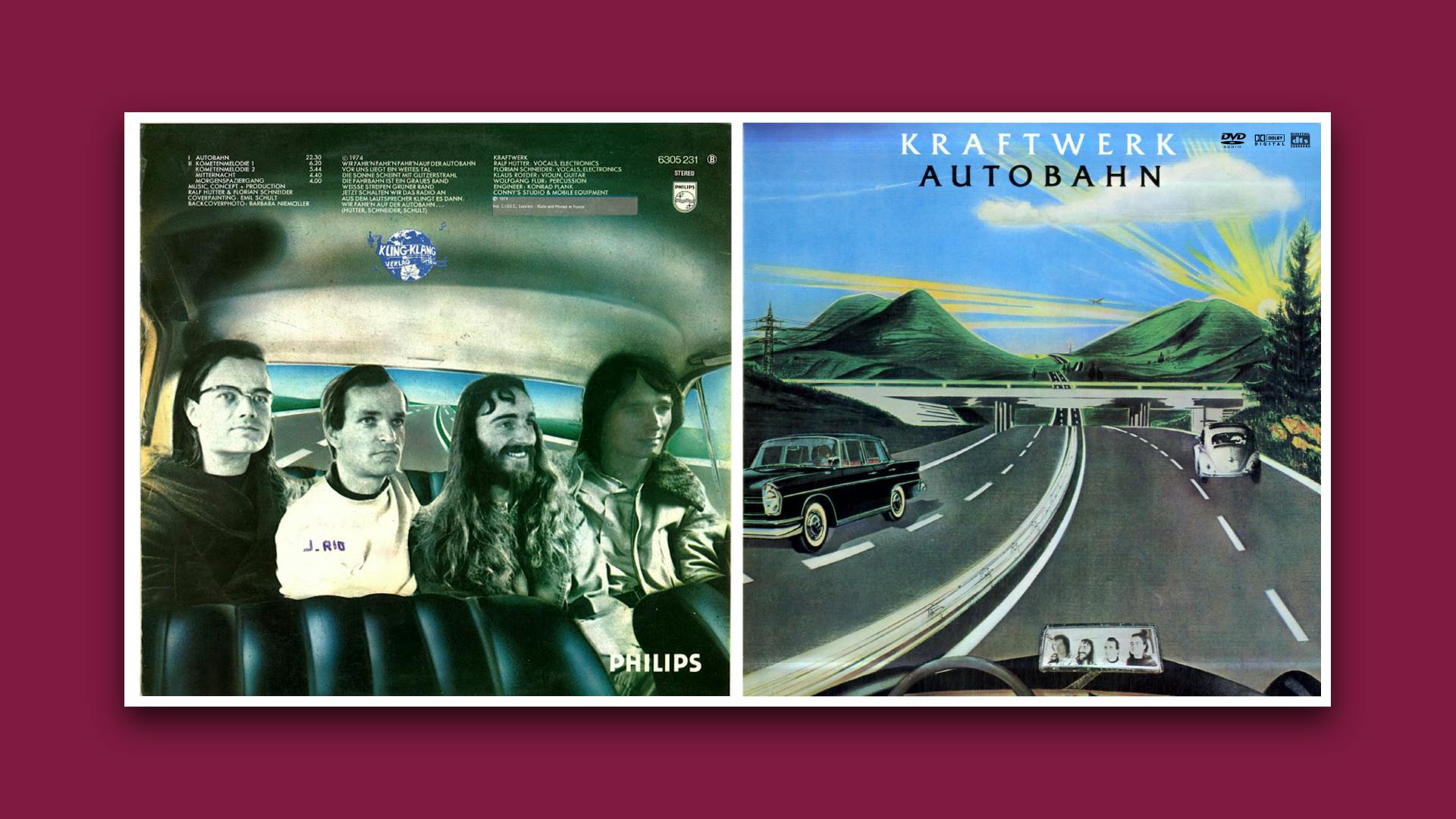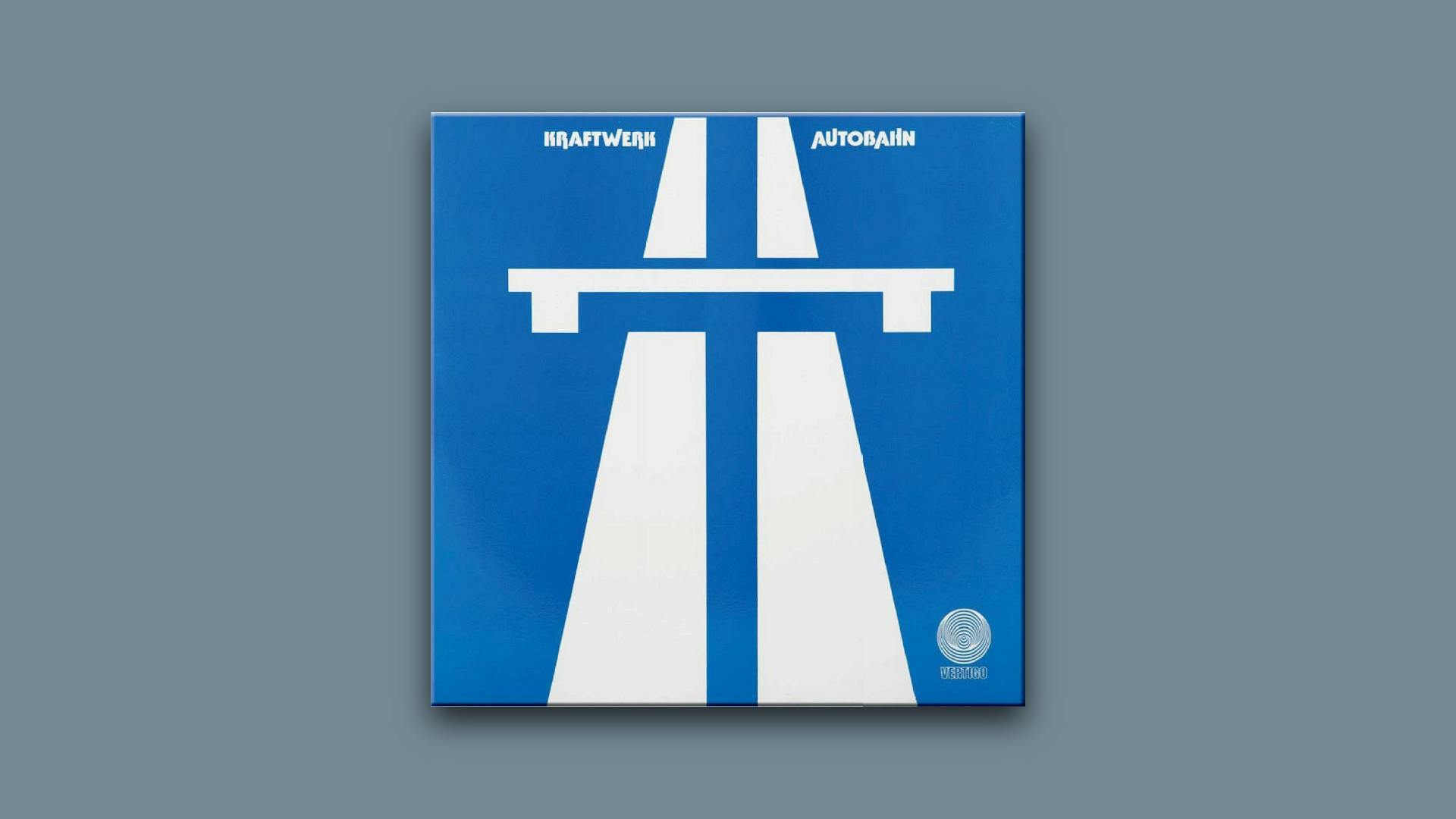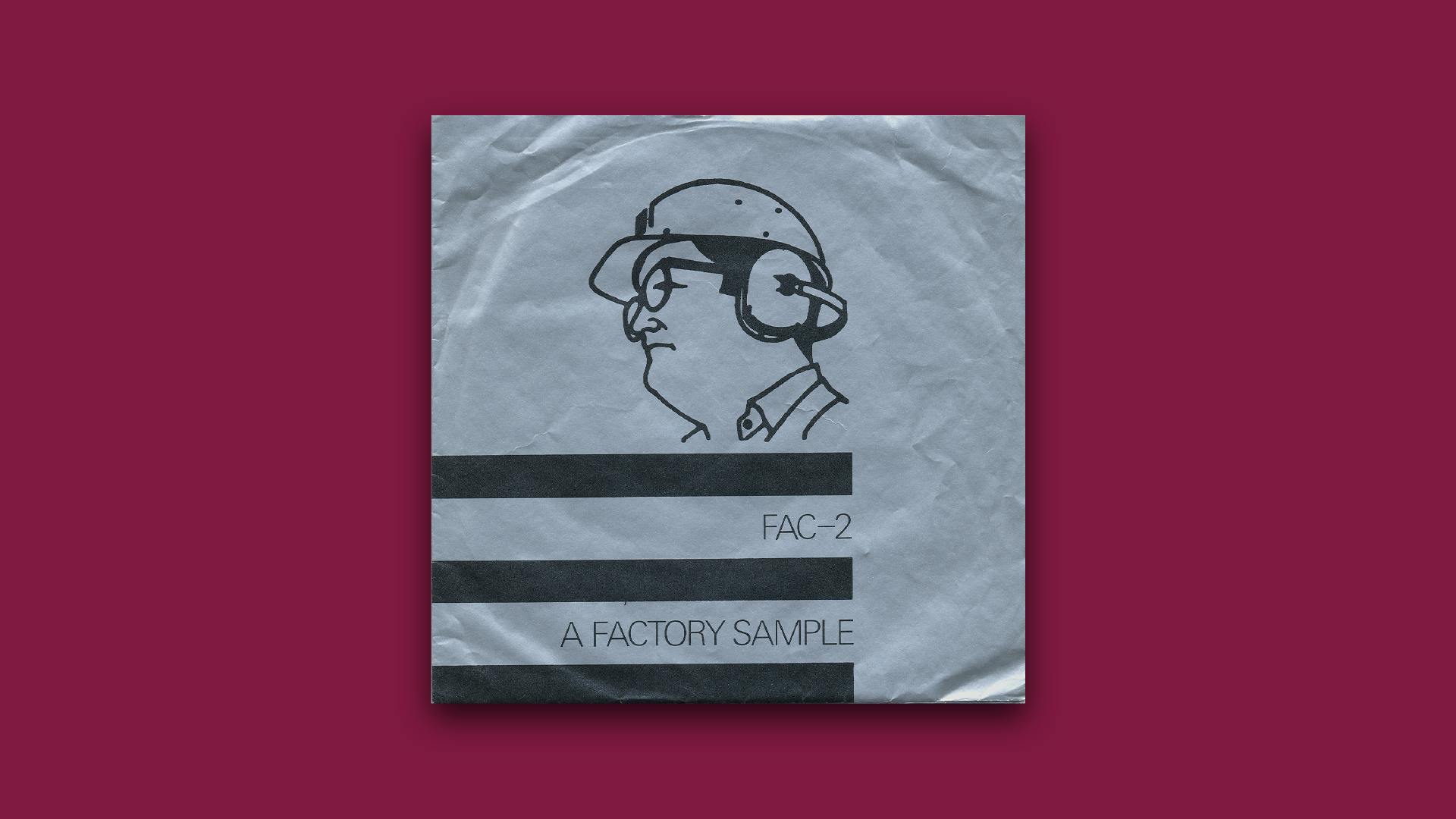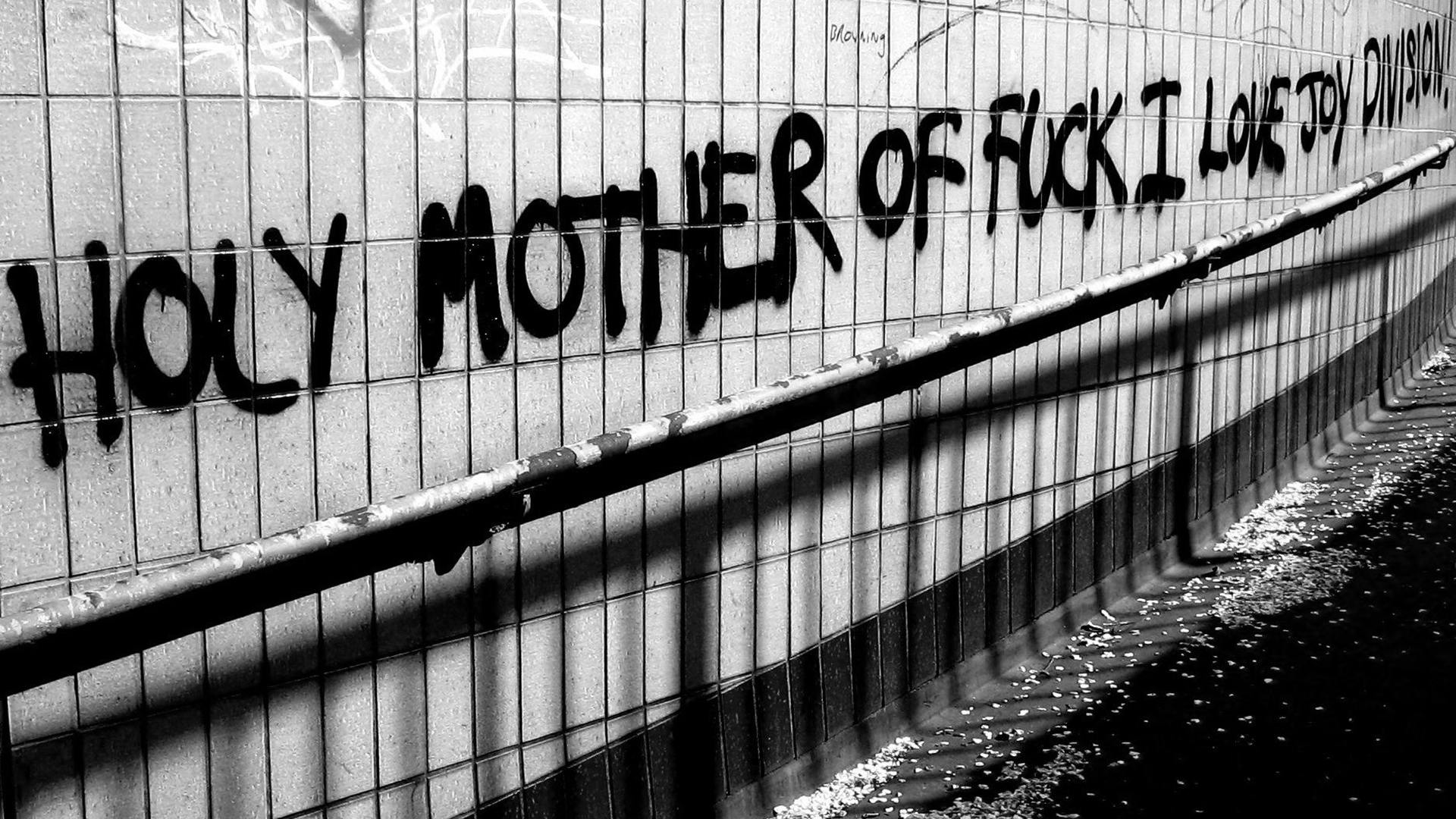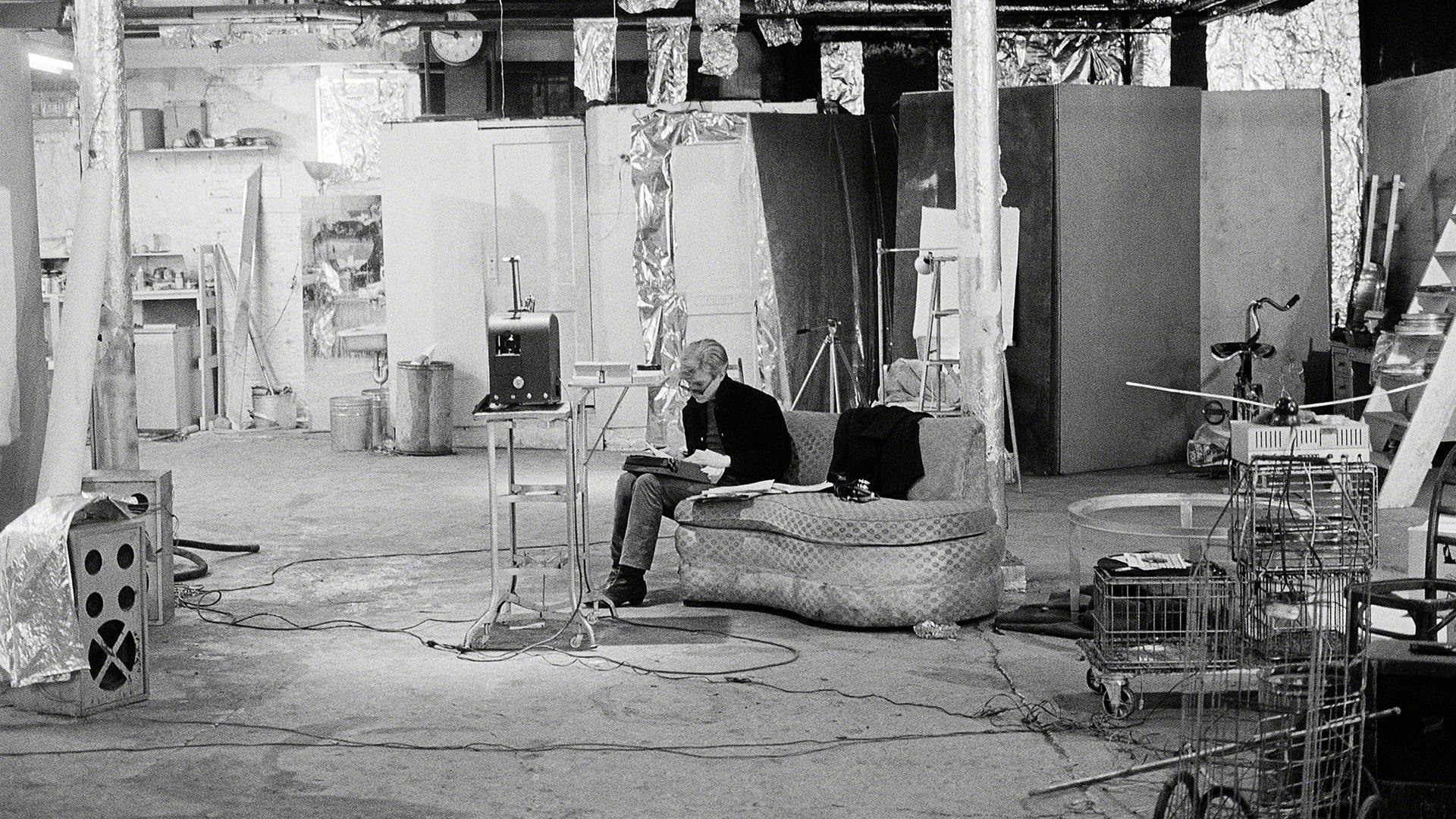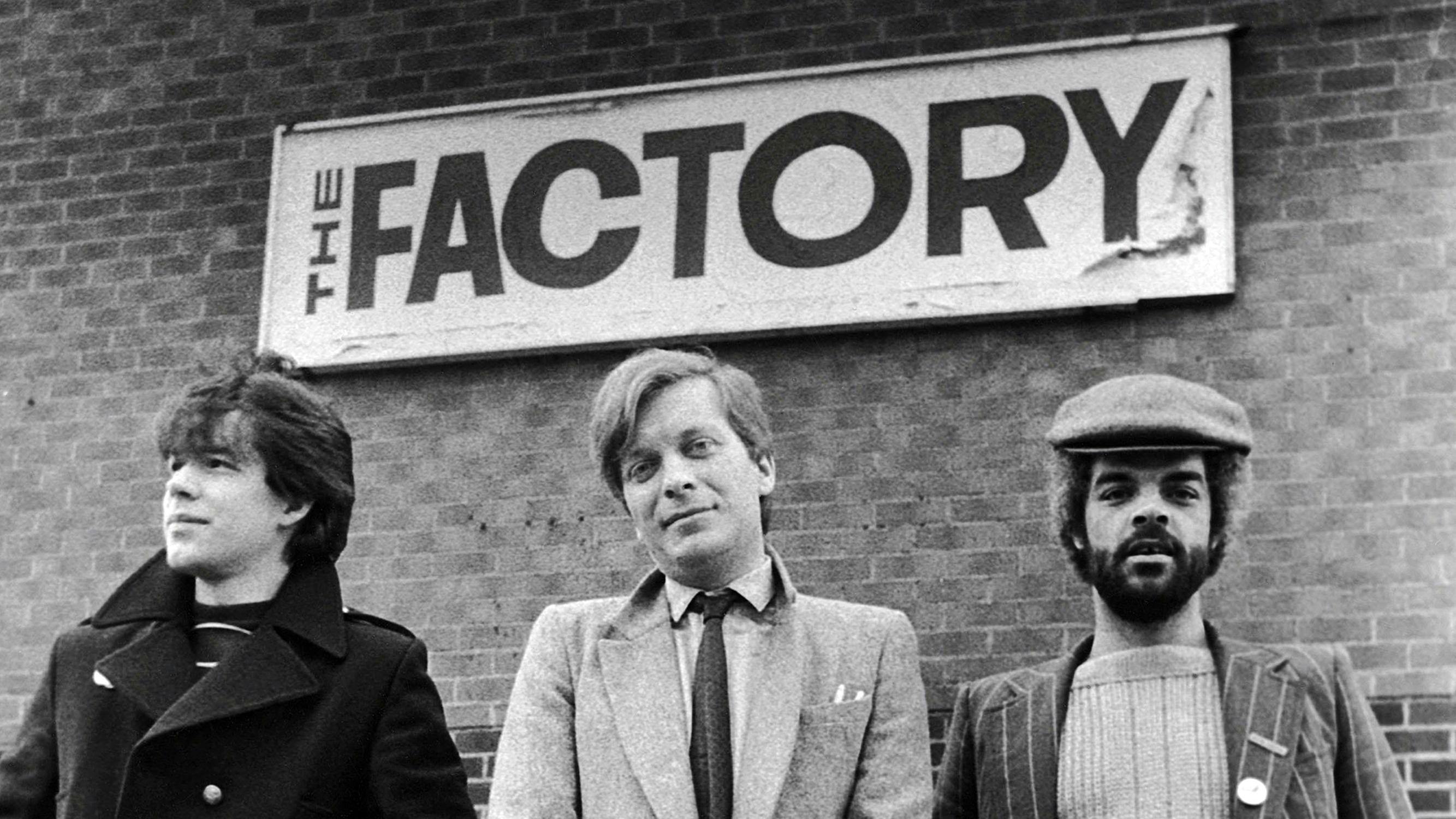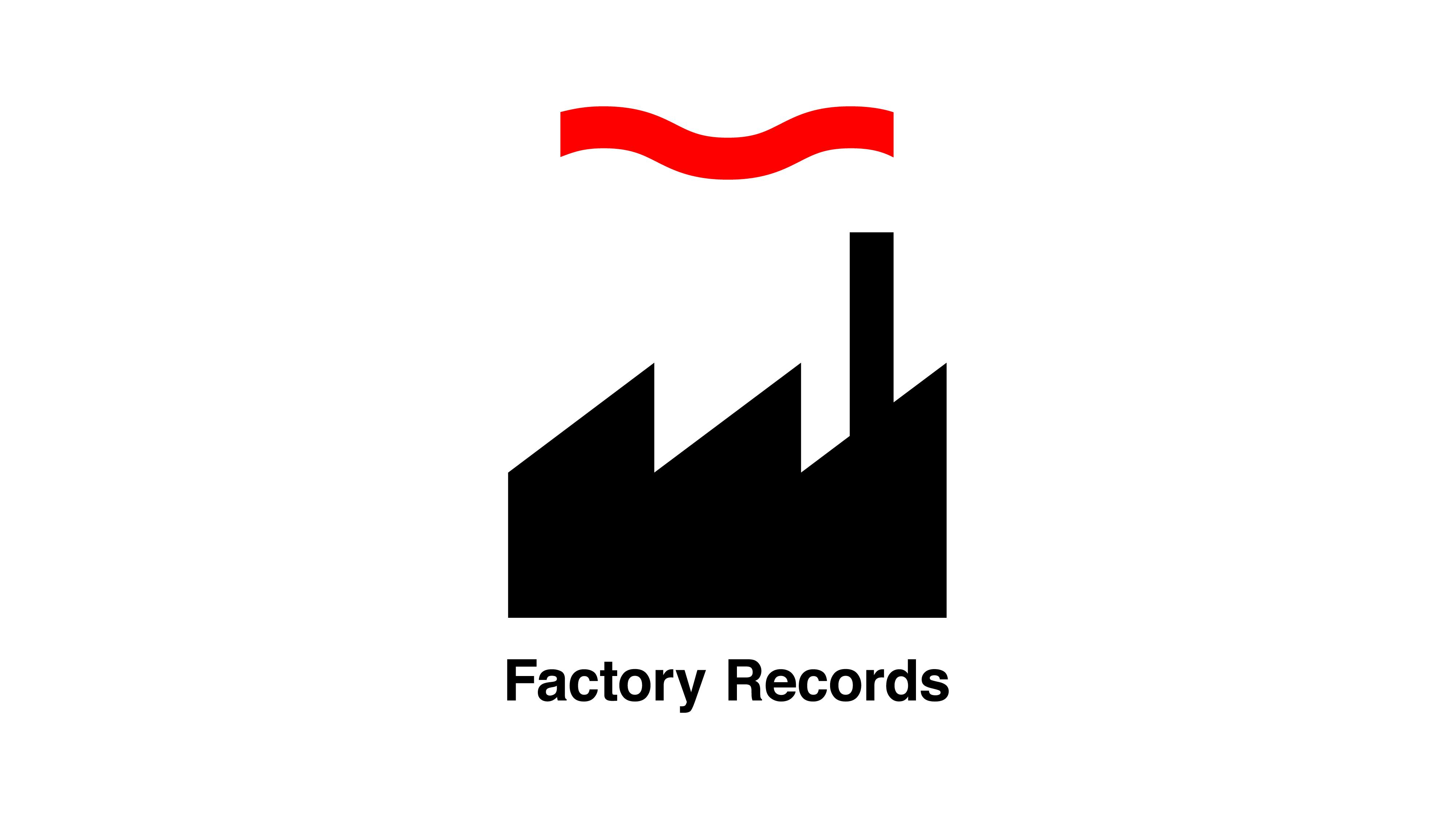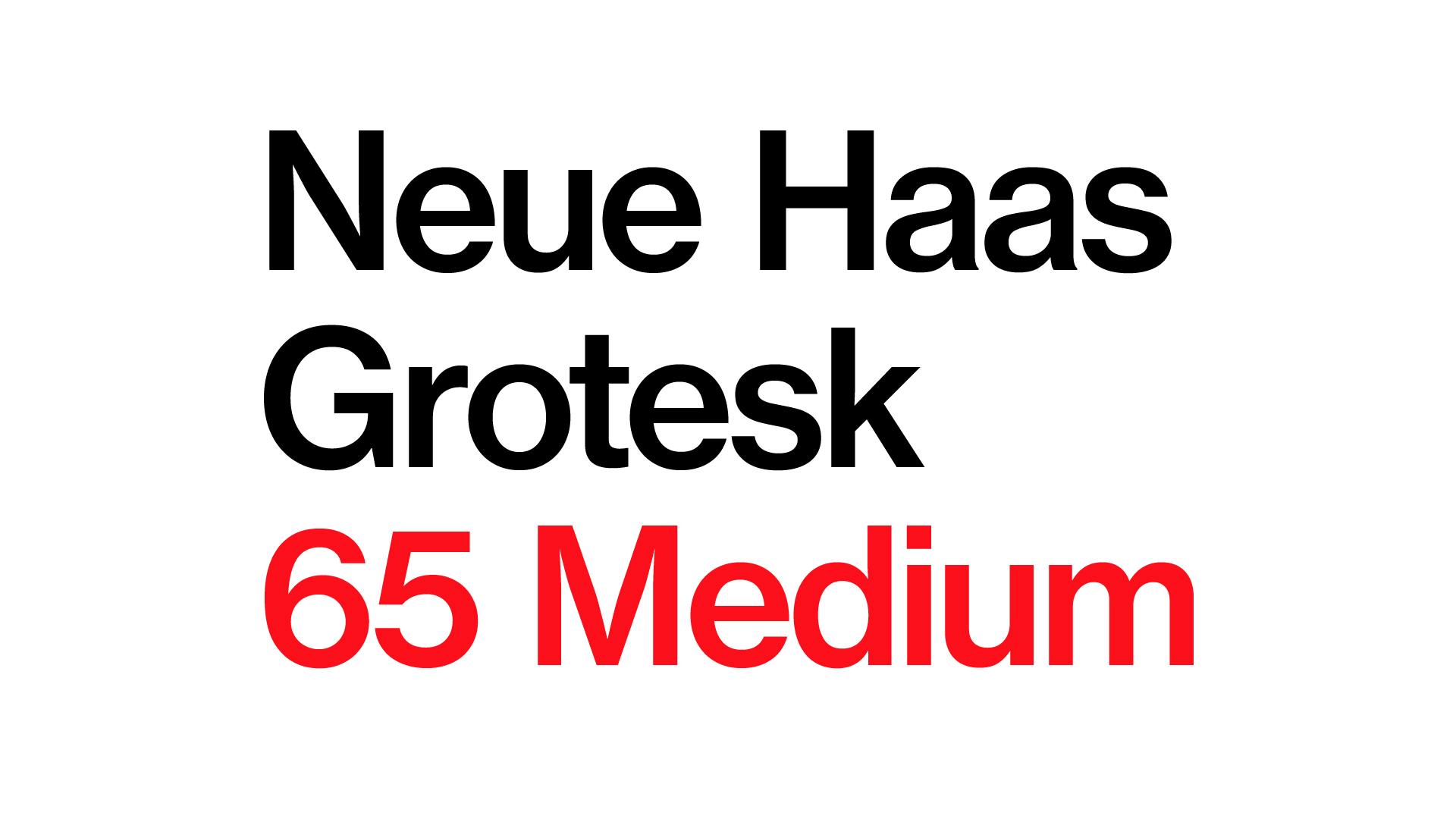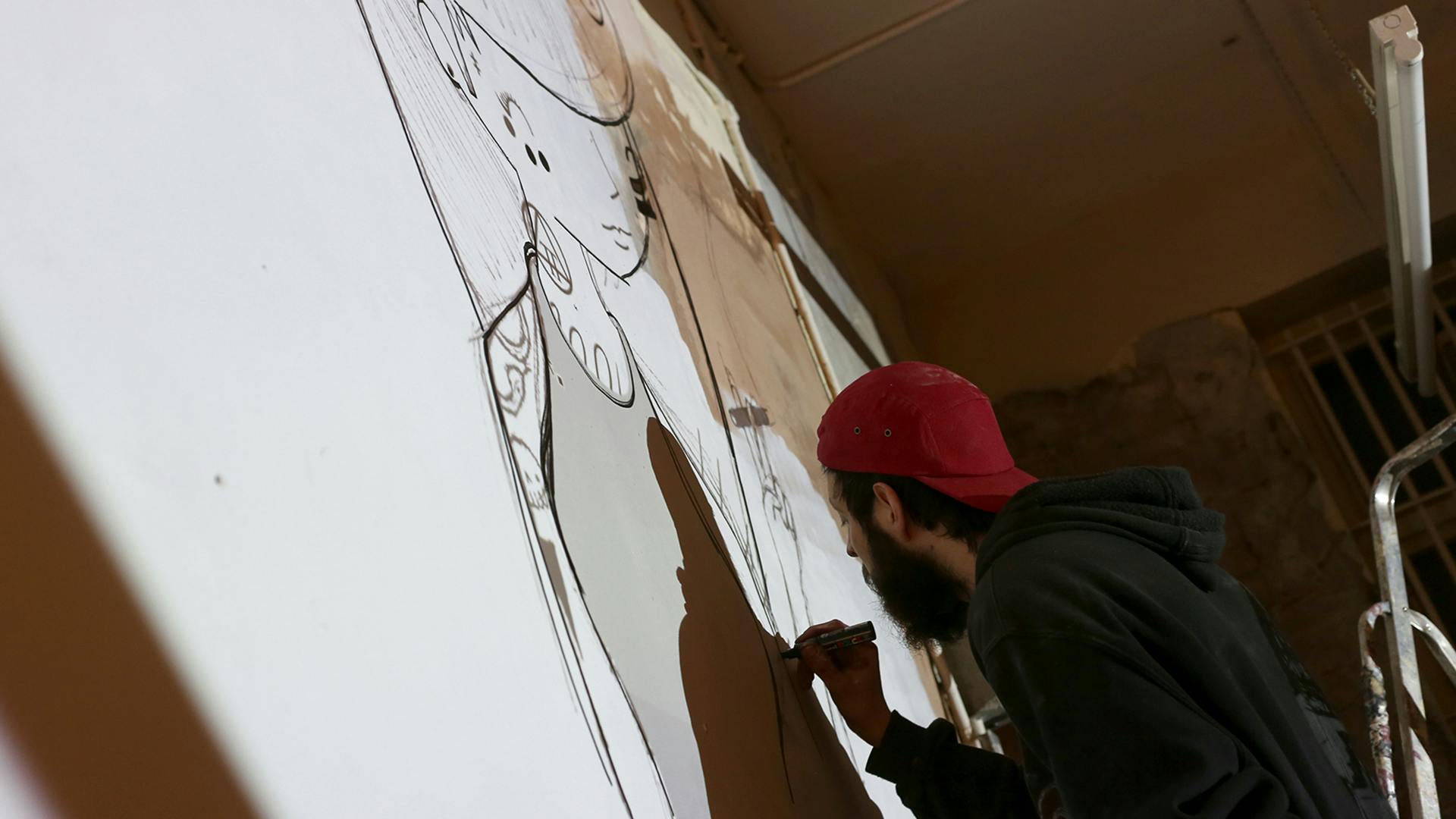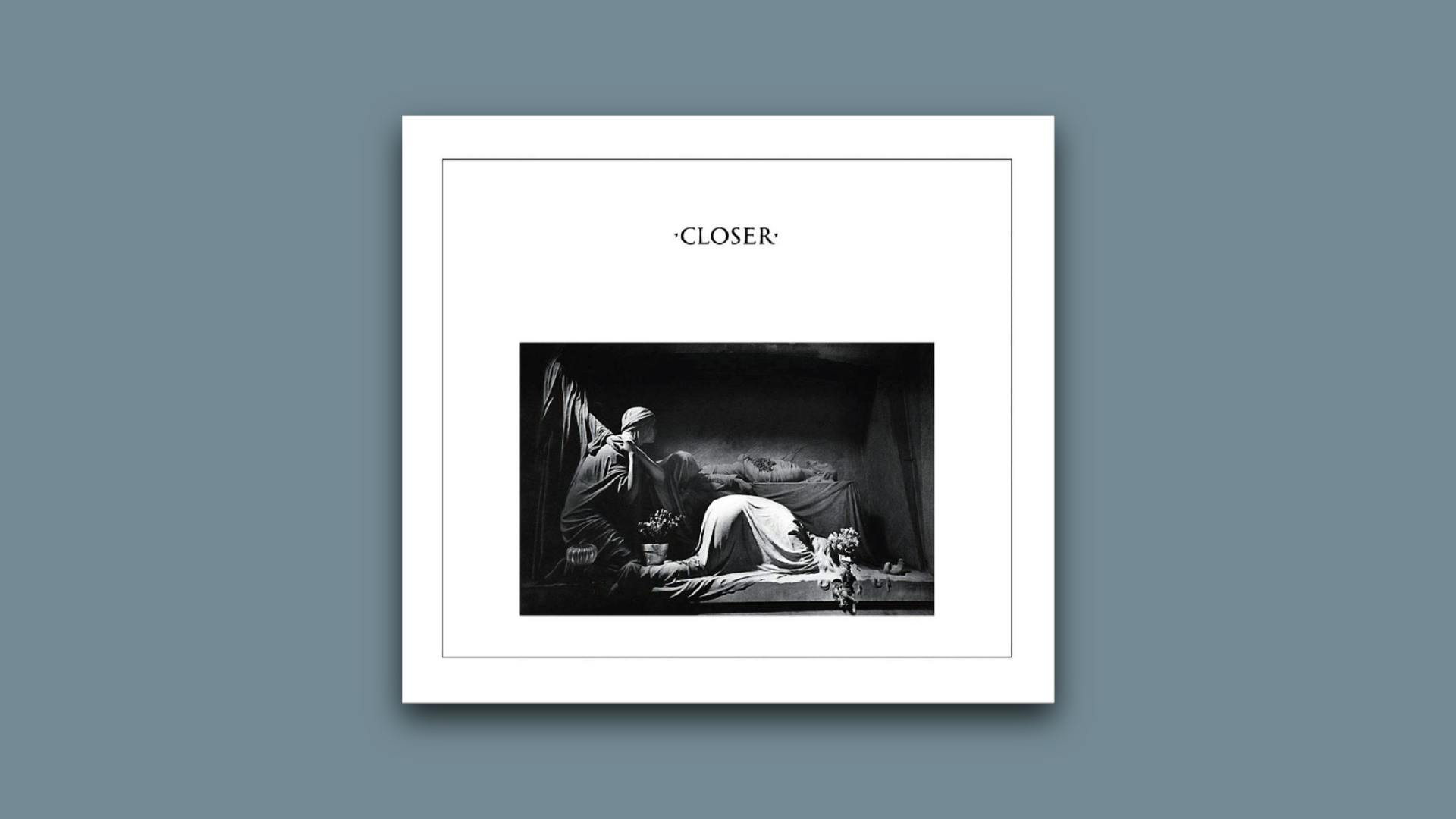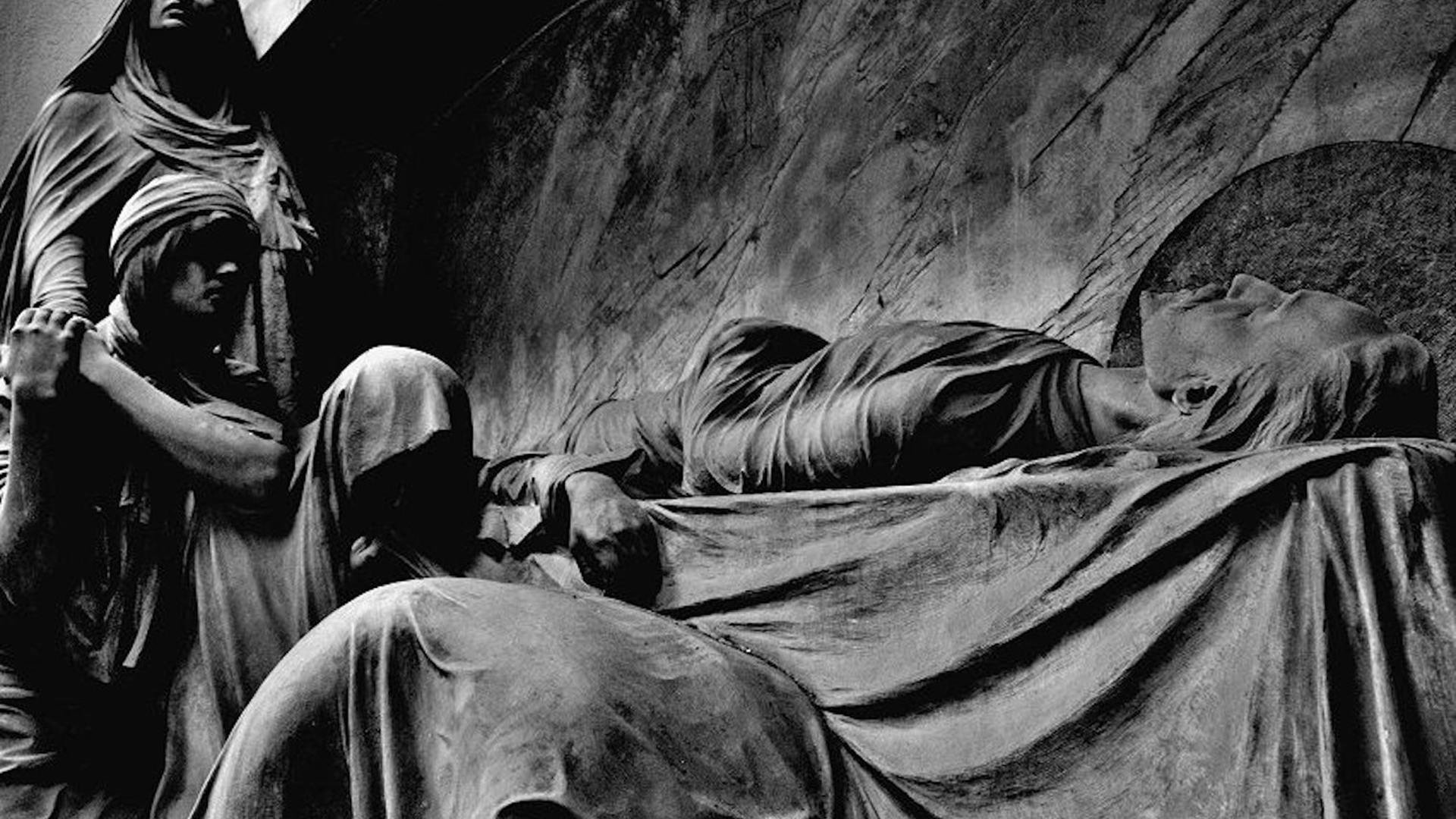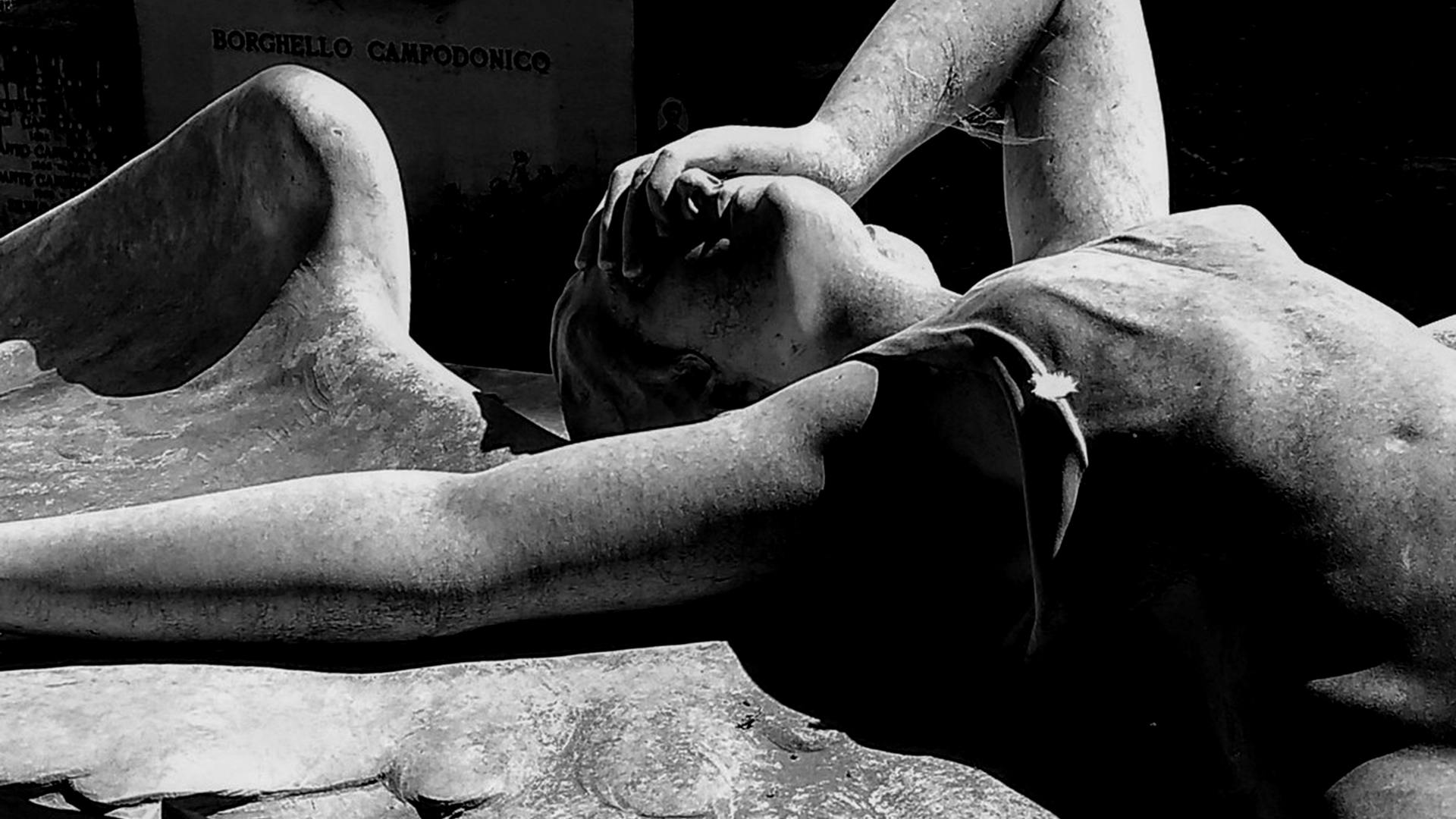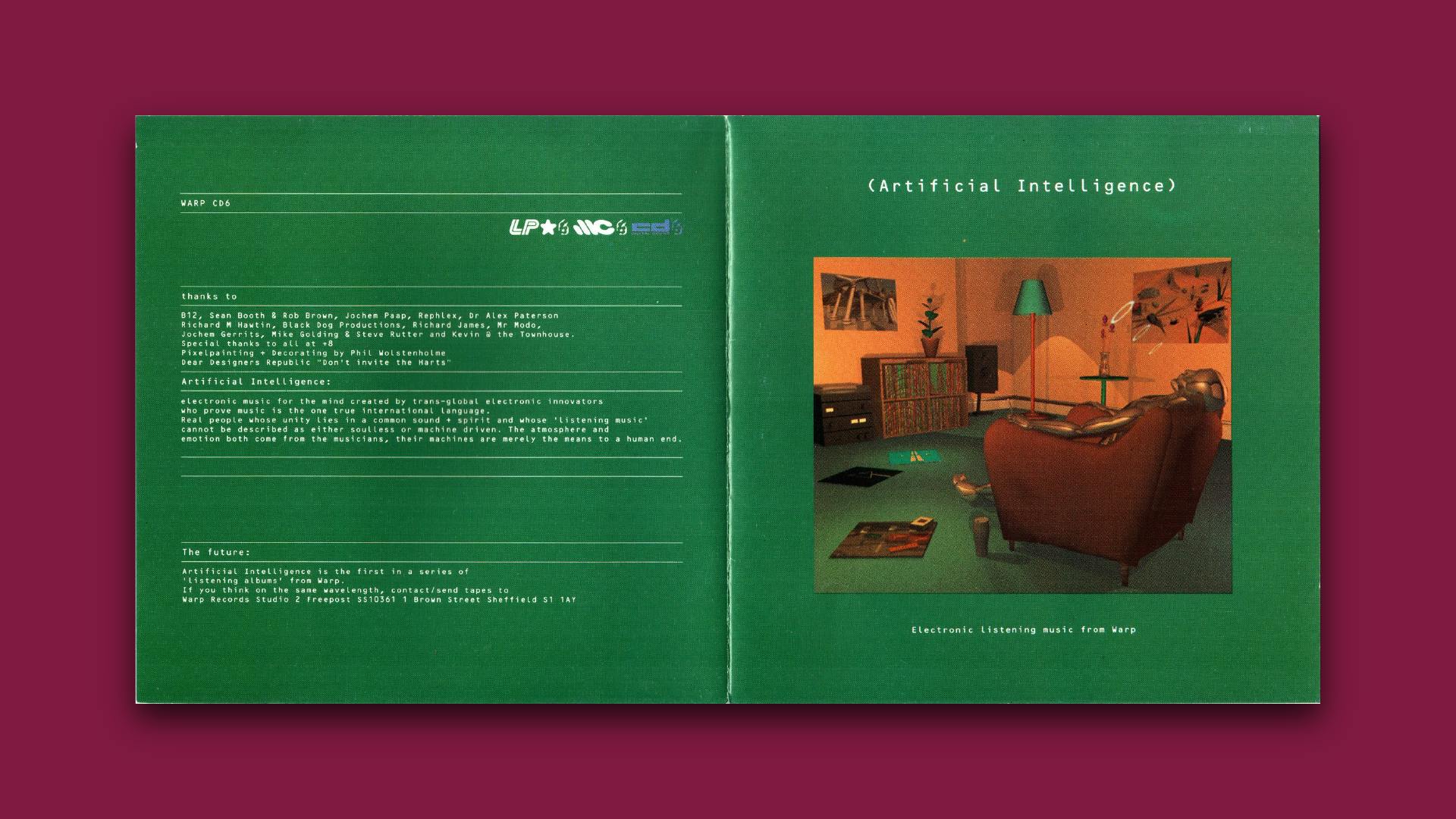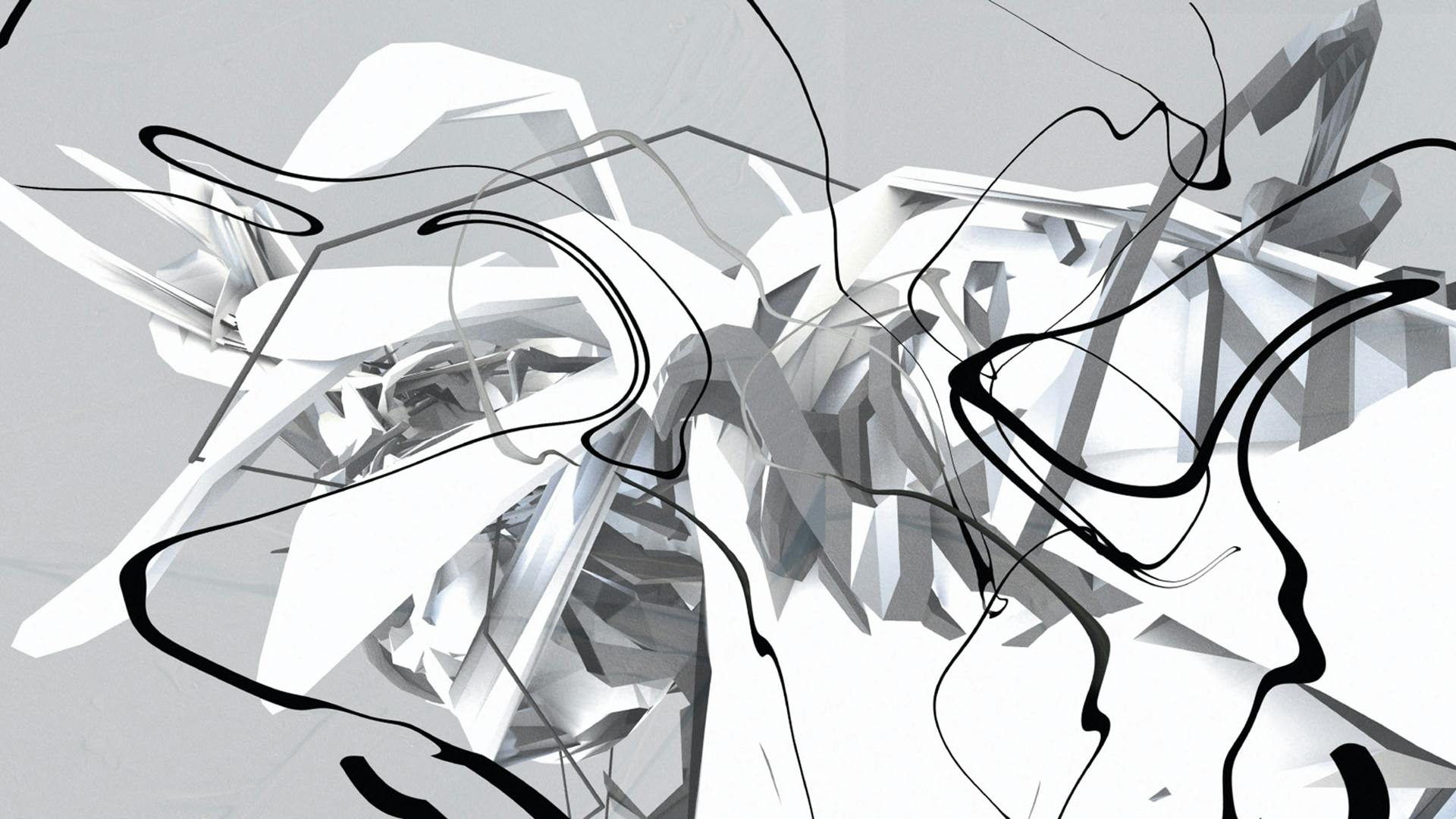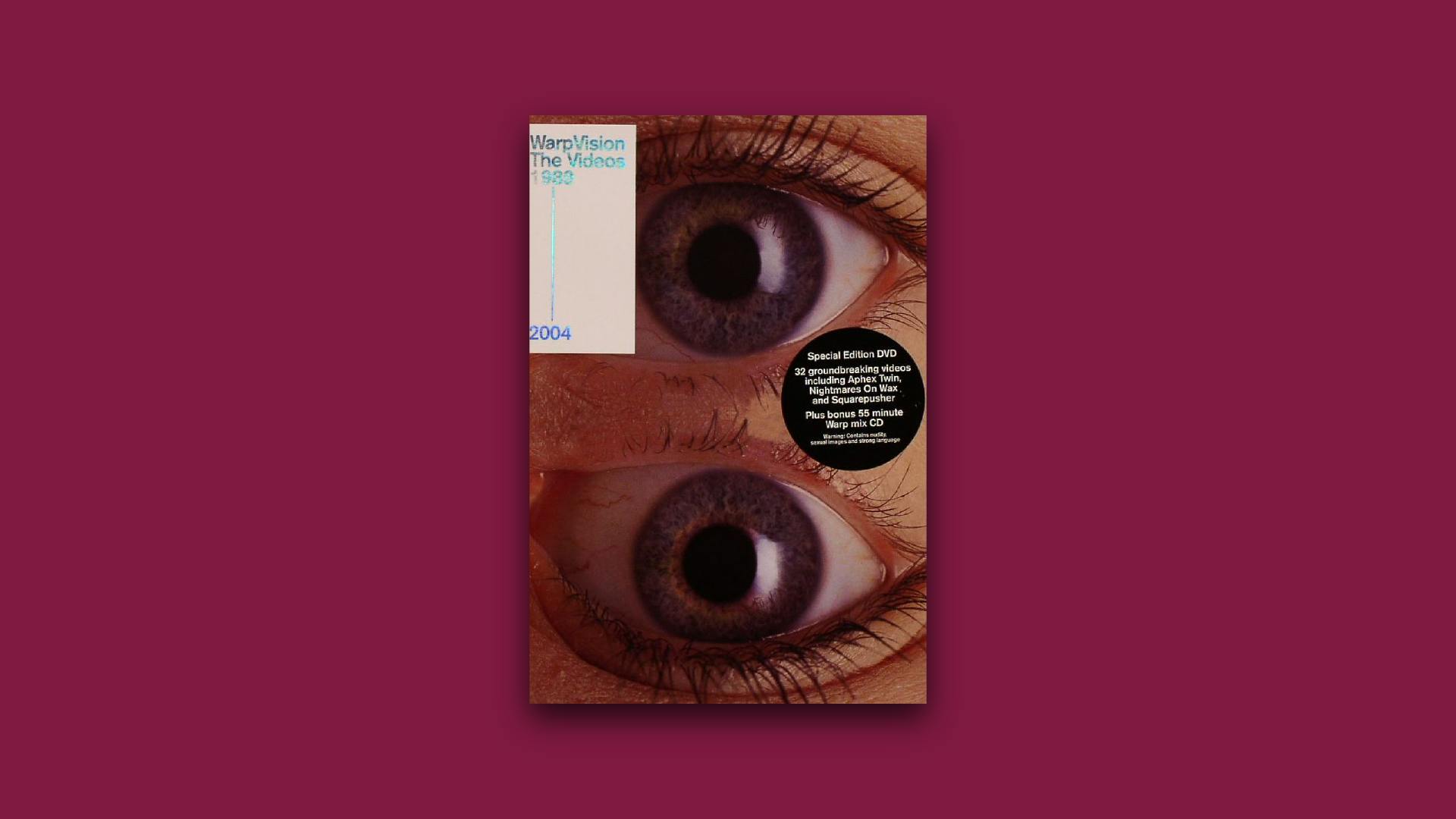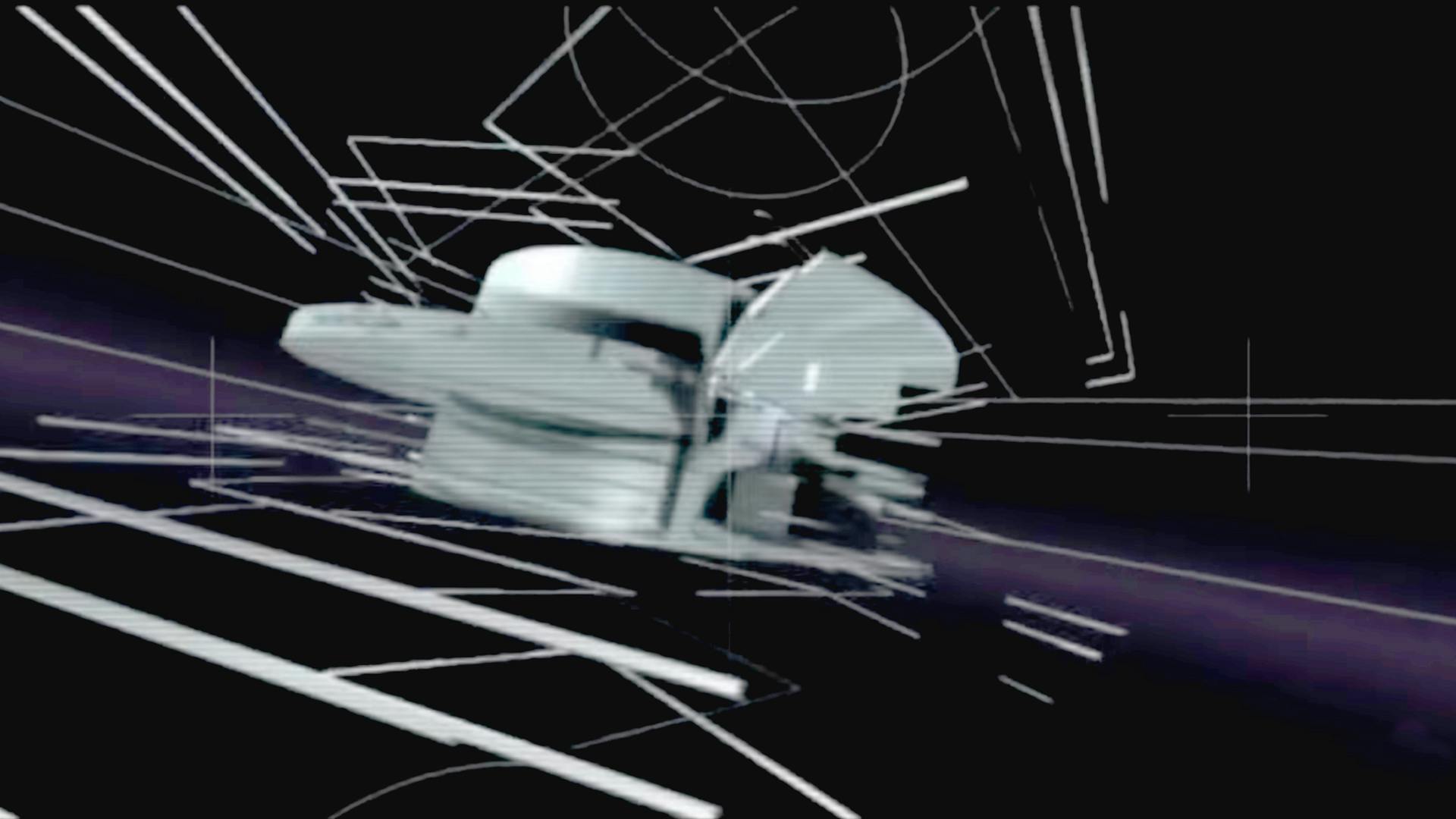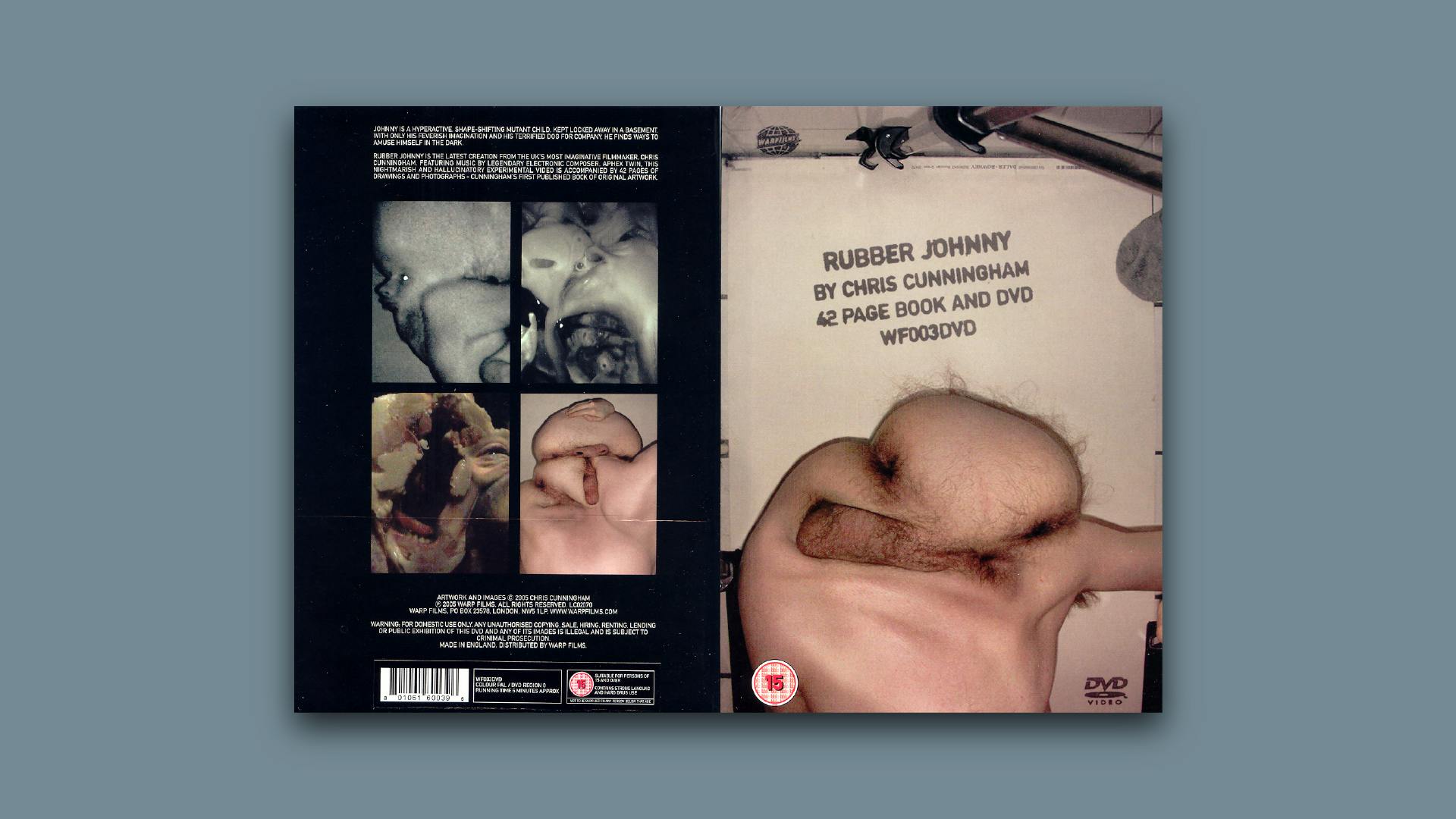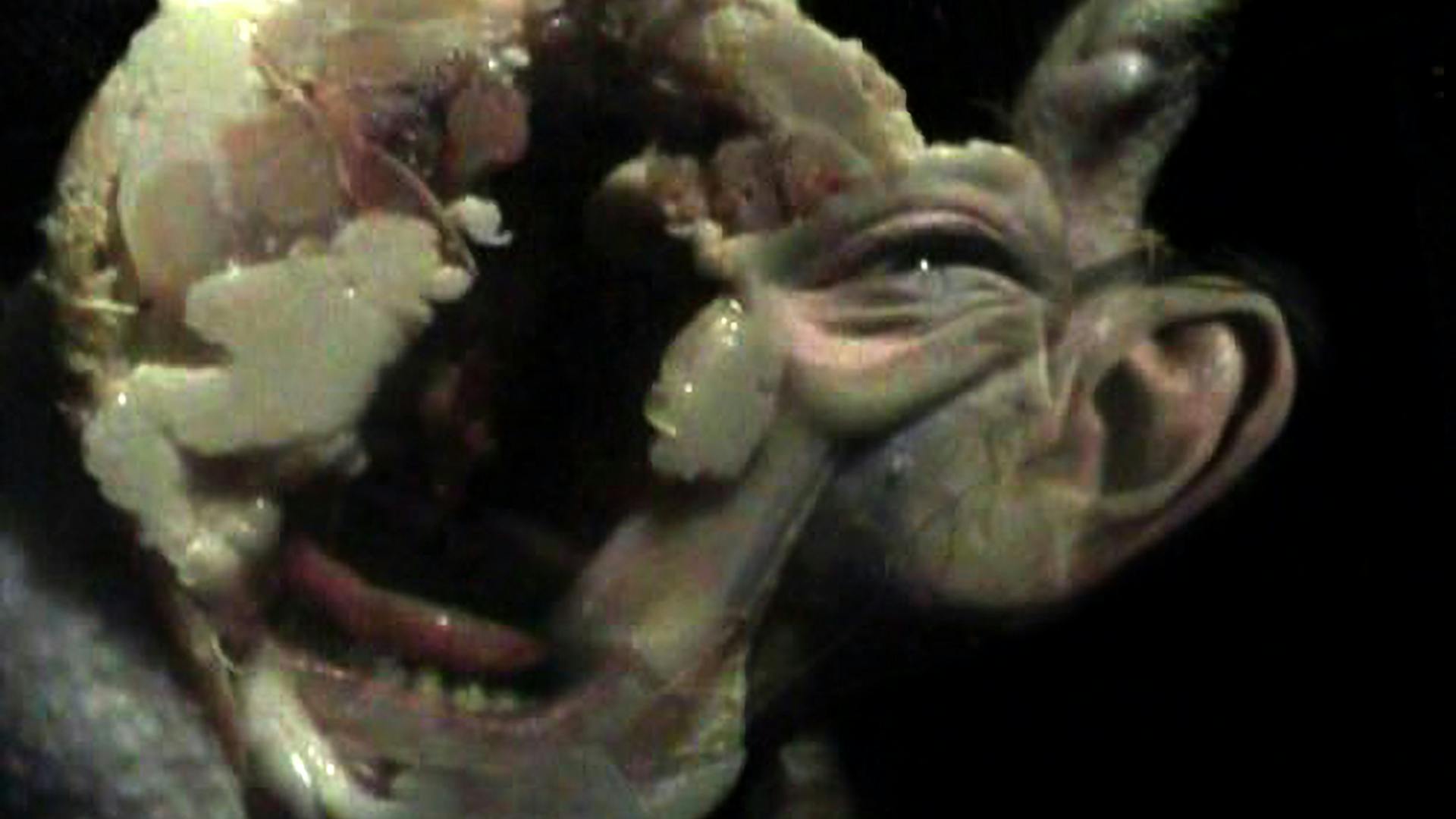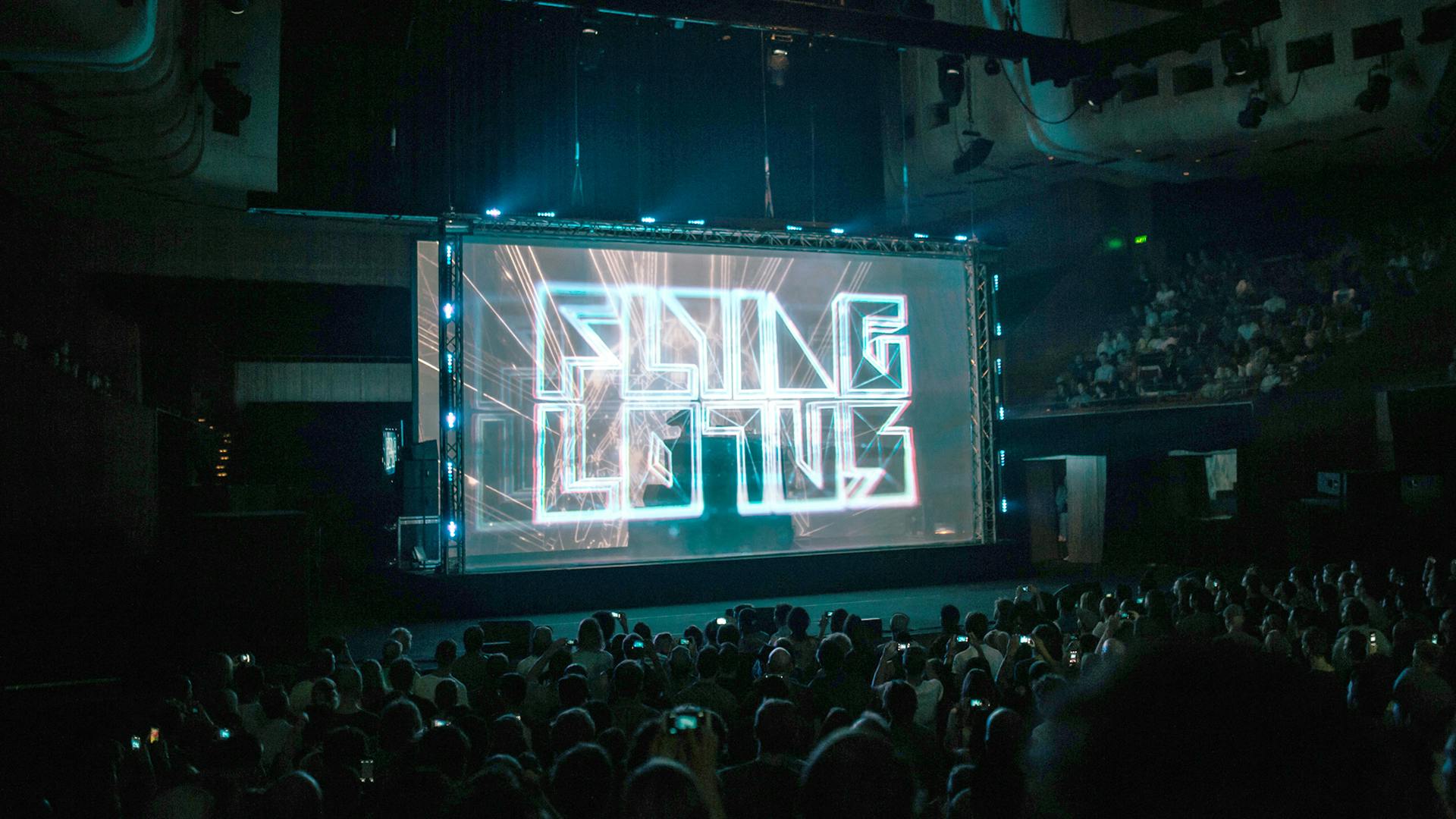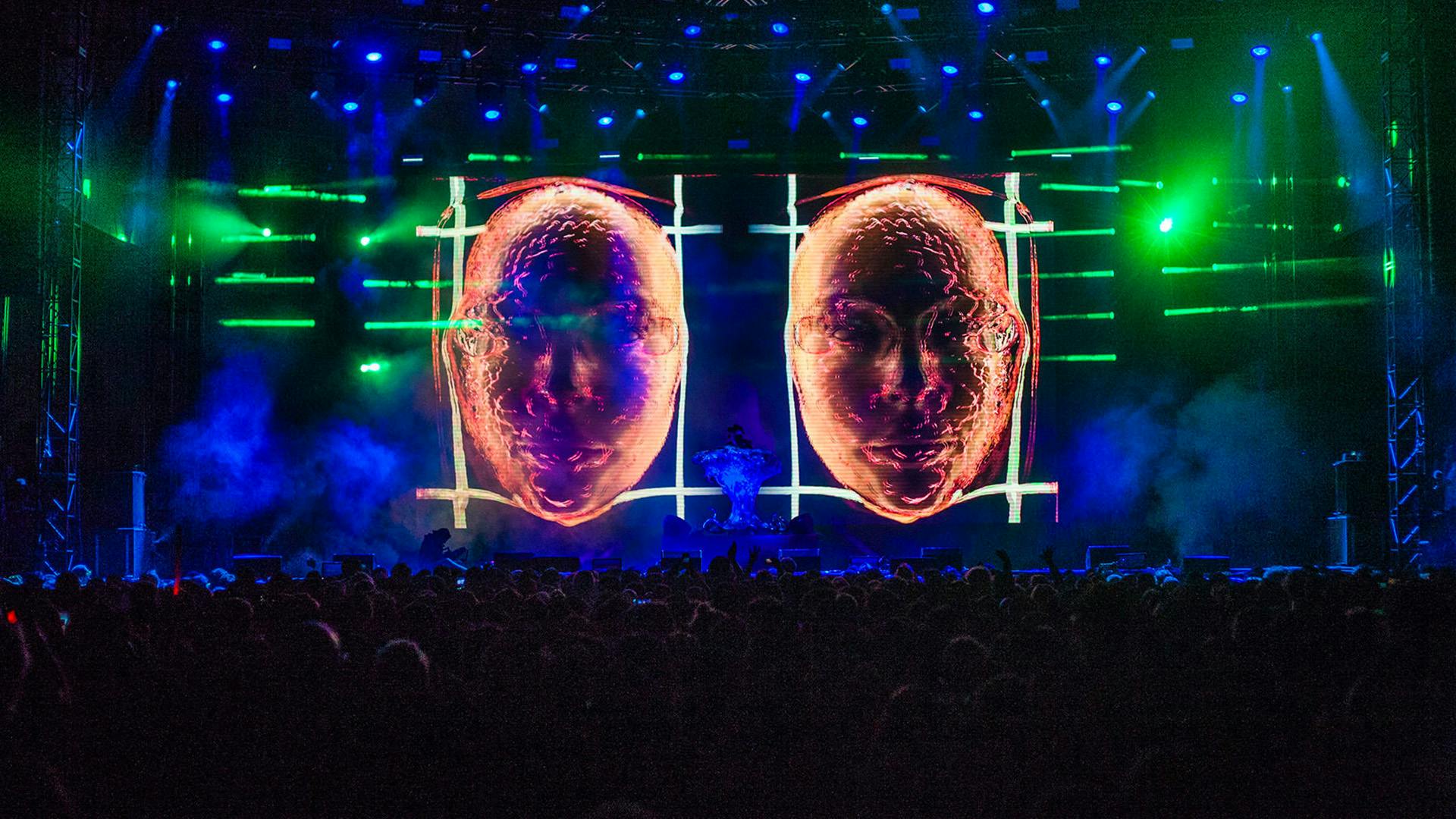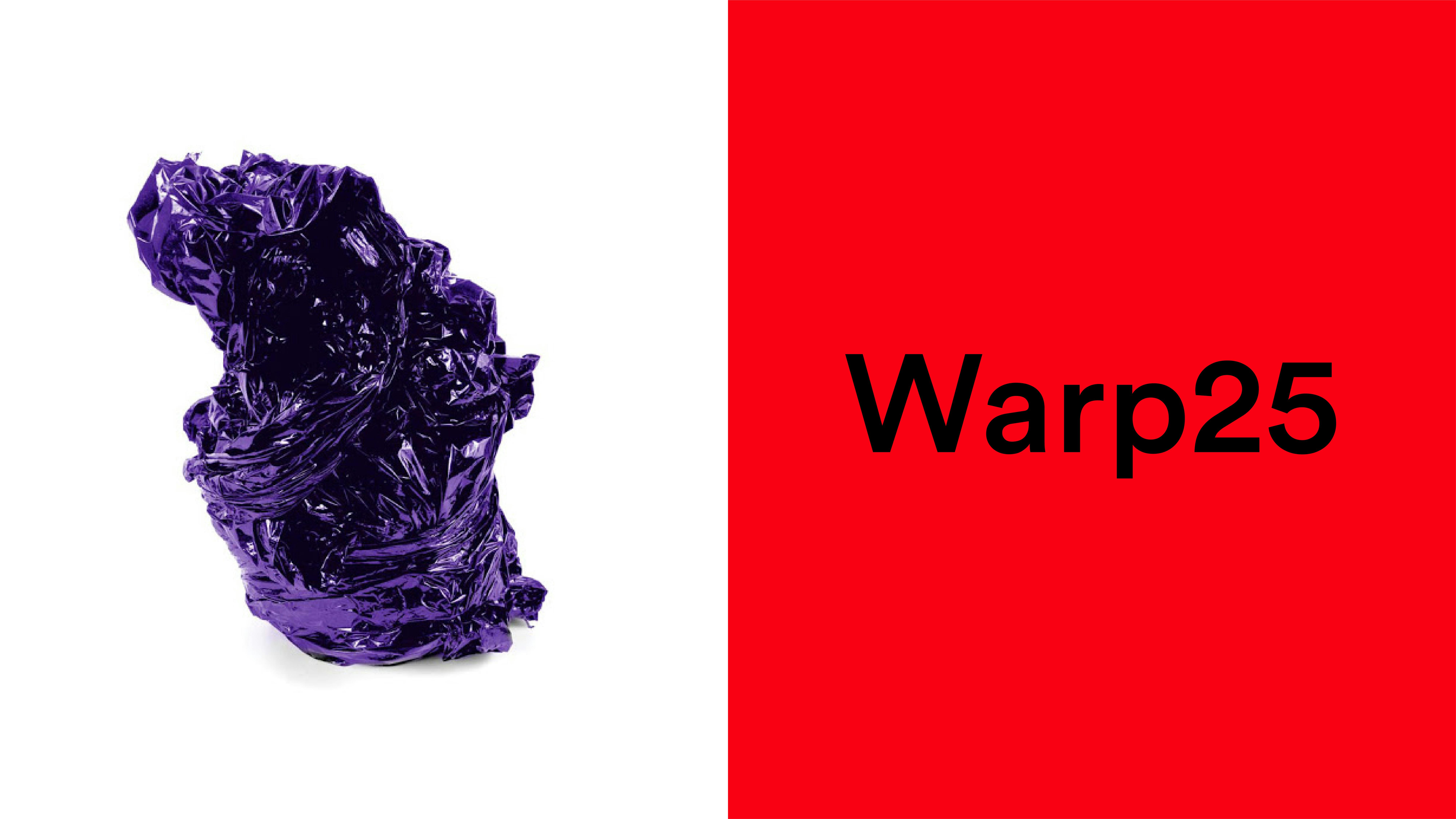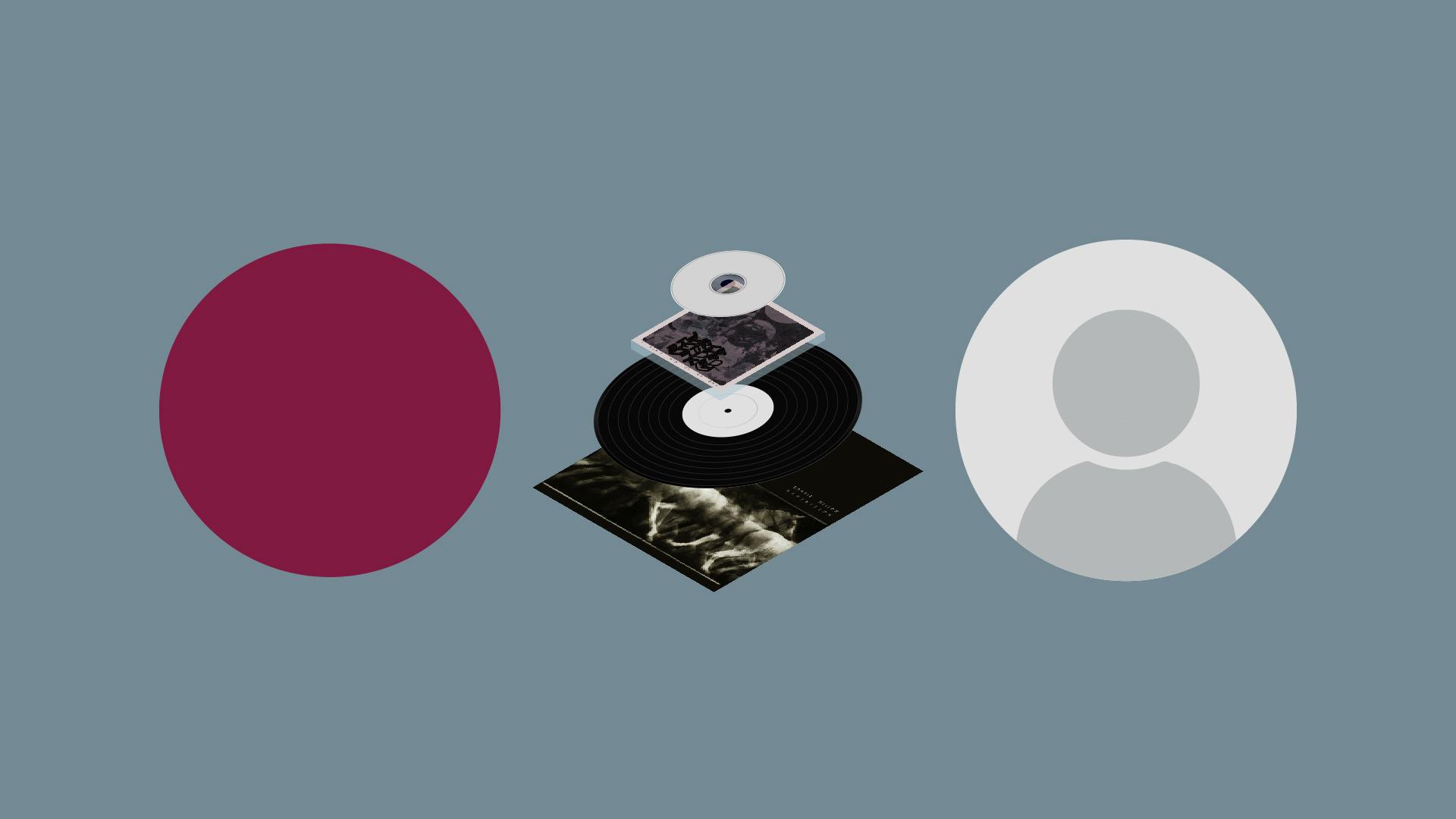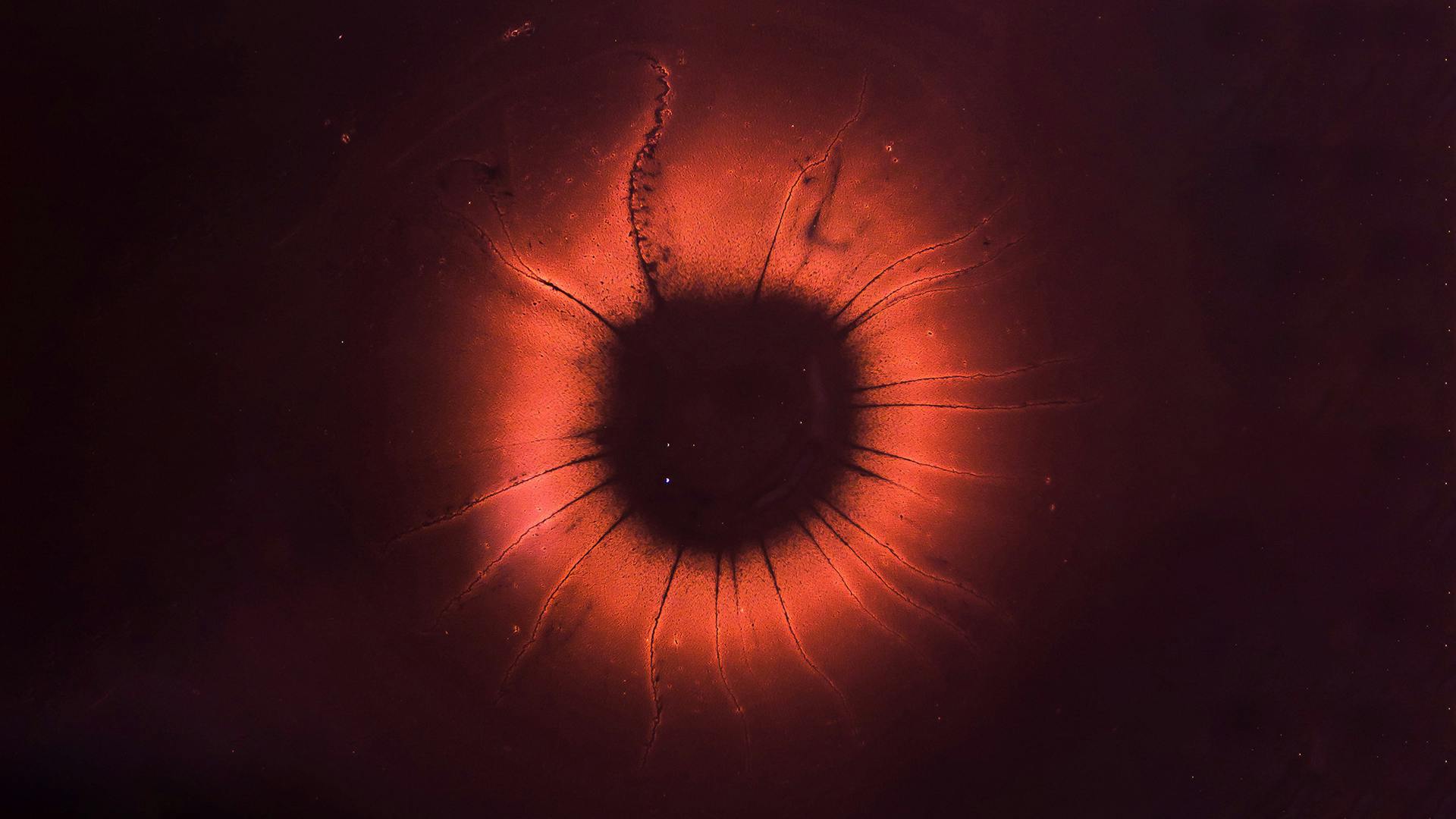Introduction.
i. The author of this thesis (including any appendices and/or schedules to this thesis) owns any copyright in it (the “Copyright”) and s/he has given The University of Huddersfield the right to use such copyright for any administrative, promotional, educational and/or teaching purposes. ii. Copies of this thesis, either in full or in extracts, may … Continued
Sunbird Records was created in 1999 by Steven Lindley and Ian Almond as a platform to release world music in Darwen, Lancashire. After no more than ten years, releasing no more than ten albums as physical CD records, the label ceased trading and lay dormant until 2013, at which time the label was redesigned to … Continued
Between the late 1970s and the present, there has been an important shift in the evolution of alternative culture. This transition, from subculture (Hebdige, 1979) to post-subculture (Thornton, 1995), has yet to be comprehensively understood by cultural discourse or applied practically as a method for cultural production. To this end, the present study is concerned … Continued
In order to create an independent record label, the present study designs a platform which facilitates the emergence of a post-subcultural network, the network and its counterpart organisation is what the present study posits as a Record Label. Sunbird Records is created as a multifaceted platform which promotes the development of its network through its … Continued
It may be useful to first define some of the present study’s keywords in order to facilitate the reader. The present study employs the term ‘Neo-tribe’ (Maffessoli, 1996), this is a useful term in order capture an organisation of participants which work collectively to produce and consume a type of dialectic, post-subcultural or context specific … Continued
The present study departs from PhD tradition, it pioneers exciting and challenging ways to conduct research within the field of design, and area of post-subcultural discourse. This study is a practice-based research project, which can be better understood through Linda Candy and Ernest Edmonds’s definition of practice and of research. In their 2018 paper ‘Practice-Based … Continued
There are some more useful and direct practice-based methodologies employed throughout the thesis which will be highlighted in a chapter’s introduction where necessary. For example, the study benefits from a more acutely incisive and valuable method in its autoethnographic fifth chapter, which supersedes participant observation (Clifford & Marcus, 1986), with the more practice-based approach of … Continued
The present study’s approach strives to be both more engaging and innovative than previous research because of its unique dialect, context and independence. Sunbird Records aims to develop a discourse with the cultural cartel by developing a parallel system from within the infrastructure of the culture industry, by designing and simultaneously critiquing the development of … Continued
Each chapter explores the pertinent aspects of an independent record label’s design: Chapter one considers the discourse surrounding subculture and post-subculture in order to better understand the territory an independent record label emerges into. The chapter decodes pertinent theories in order to support different types of organisations, primarily the independent neo-tribal micro-societal organisation. It also … Continued
By way of conclusion, the present study considers the relationships Sunbird Records might have in the future, that is to say, after it has been concluded. In an essay for his edited book Resistance Through Rituals, cultural theorist Stuart Hall describes the transition from subculture to post-subculture as he writes: “Subordinate cultures will not always … Continued
Discourse: From Subculture To Post-Subculture.
Concepts of subculture have faded, while neo-tribalism (Maffesoli, 1996) has intensified as a key cultural trope. Previously, alternative culture developed through subcultural groups such as punks, mods and hippies, and for academic and writer Dick Hebdige, subculture catalysed cultural distinction through the consumption of style and existed as “systems of communication, forms of expression and … Continued
According to Maffesoli there is a differentiation to be made between “the masses”, “the process of disindividuation” and “the individual” (Maffesoli, 1996, p.6). When Maffesoli suggests that the notion of masses exist “without any precise goals”, he means that they lack distinct collective symbiotic objectives or, in other words, they function as individuals unwittingly in … Continued
The shift that Maffesoli defines—from mass to disindividuation—can be seen in the design of cultural definition, separation and distinction, all of which are typical processes utilised by subculturalists and post-subculturalists. In 2009, art and design curator and theorist Hans Ulrich Obrist interviewed social critic Raoul Vaneigem, for publishing platform and archive E-Flux. During the interview, … Continued
This shift is most prevalent in the social organisation of independent record labels and is specifically identifiable in a label’s graphic productions, such as in its identity, media and performance. In his book The Time of the Tribes, Maffesoli first articulates the notion of neo-tribalism as a direct reaction to what he terms “massification”, or … Continued
According to Maffesoli, the most dynamic culture disseminates from these neo-tribes, as he claims that “cultural and individual dynamism” is based on the “tension between heterogeneous elements” (Maffesoli, 1996, p.105) as opposed to the previously asserted formal dichotomy between the “sub” and the “cultural”, which was emphasised through graphic practice such as fanzines, posters and … Continued
In developing his notion of the neo-tribe, Maffesoli suggests that “There are many examples in our everyday life to symbolise the emotional ambience exuded by tribal development” (Maffesoli, 1996, p.105). It is important to note Maffesoli’s emphasis on “the everyday”; the neo-tribe is not a bizarre event but rather an almost banal happening. Maffesoli goes … Continued
Vaneigem’s notion of revolutions often resonates with Maffesoli’s post-subcultural notion and both generally promote what Maffesoli calls an increasing “tension between heterogeneous elements” (Maffesoli, 1996, p.105). Maffesoli’s “heterogeneous elements” and Vaneigem’s “every variation” are synonymous with the same ideal, they both conceptualise a more diverse, dynamic and stimulated culture through new modes of cultural participation, … Continued
In his 2009 book, Capitalist Realism, Mark Fisher writes frivolously with regards to the purpose of certain “cultural zones” as he writes: “the establishment of settled ‘alternative’ or ‘independent’ cultural zones which endlessly repeat old gestures of rebellion and contestation as if for the first time.” (Fisher, 2009, p.9) While this might appear to simply … Continued
When asked by Obrist about the future, Vaneigem responds: “The future belongs to self-managed communities that produce indispensable goods and services for all. The idea is to produce for us, for our own use” (Obrist & Vaneigem, 2009 [Interview transcript]). It is clear that Vaneigem supports a pluralism of cultures in his notion of “self-managed … Continued
By fostering localised independence, as a micro-society, Sunbird Records manifests itself as a “self-managing community” designed to perform neo-tribal activities, these activities take shape in a series of graphic productions. These graphic practices produce what Vaneigem terms “indispensable goods” and “services” (Obrist & Vaneigem, 2009 [Interview transcript]). In contrast to Vaneigem, Sunbird Records inflects a … Continued
The present study posits that the relationship between the emergent, and the established, is somewhat complicated, the emergent enters into a situation which theorist Aram Sinnreich articulates in his essay ‘The Materialisation of Music and the Rise of the Cartel’ which was first published as part of The SAGE Handbook of Popular Music. In his … Continued
In the culture industry, the cultural cartel has been a developing force since long before subculture, more specifically in the music industry, it was catalysed by the independent record label movement which was popularised in the 1950s by Nashville based Sun Records. Despite being less categorically defined, subculture too existed long before punks, mods and … Continued
Alternative culture has become a commodity which is being enculturated at progressively faster speeds, this has encouraged major and dependent organisations to develop tools to further accelerate this process. For example companies such as Indify and Instrumental are powered by algorithms, the program detects the fastest growing artist profiles on social media and streaming platforms, … Continued
Sunbird Records as an organisation is not distinctly opposed to the cultural cartel, nor does it celebrate these modes of control. The label is focussed on negotiating the cultural cartel’s effects, that is to say, that Sunbird Records isn’t above, below or outside of these forces, instead, Sunbird Records is nested within the culture industry … Continued
If alternative culture is inevitably consumed by major organisations, reproduced as mass-media and controlled by cartel-like forces, then the opportunity for difference and opposition might appear futile. However, it can be thought of as creating meaning through difference, or the distinction of potential negative space. For example, in Society of The Spectacle, Vaneigem’s contemporary Guy … Continued
There are many oppositions to mass-media, including two false oppositions to the mainstream, firstly there is abstinence: to live outside that culture and to ignore the mainstream—this is common for people that “do not have a TV” or “do not drink Coca-Cola” but refuse to admit a phone is also a TV, in the same … Continued
The present study interrogates the cultural cartel by re-appropriating the goods of the mainstream—overproduced records, eccentric videos, flamboyant performances—in a way that is essential to post-subculture, and therefore by Thornton’s understanding of subculture, might develop post-subcultural authenticity and from that post-subcultural capital (Thornton, 1995). The central aim is to perform difference—that is to say: make … Continued
Literature, both entertaining (Hell’s Angels: A Strange and Terrible Saga—Hunter S. Thompson) and informative (England’s Dreaming—Jon Savage), often prioritises particular subcultural moments, with many writers’ nostalgia, especially for punk, only serving to render it more spectacular and fantastical: “Punk was beaten, but it had also won. If it had been the project of the Sex … Continued
In an interview with BBC4, referring to the Sex Pistols, Wilson over emphasises the role Manchester played in the punk movement, he suggests that after the Sex Pistols’ gig at the Lesser Free Trade Hall, punk “took root in Manchester in a way that it couldn’t have taken root anywhere else”, however, he then articulates … Continued
Context-sensitive artist and facilitator Theaster Gates organised a significant gathering under the identity Sanctum (Sanctum, November 21, 2009) in 2015, for 24 days, 24 hours a day. In Bristol, Gates constructed a site which he named Temple Church. The venue became a hub for a temporary swarm of cultural activity, fed meaning by artists, musicians, … Continued
Gates is also interested in fringe culture, something that the present study finds synonymous with alternative culture. As part of Sanctum’s promotional material, it is regularly suggested that Gates employs a “working principle of seeing and reflecting upon the unseen, unvisited and under-heard” (Gates, 2015). This is the culture which we can assume to be … Continued
The cultural cartel progressively controls more of the creative industry and oppresses in more subtle and delicate ways as it evolves. Peter Saville, the graphic designer for Factory Records, attests to the effectiveness of this approach when in an interview he states: “It’s during the current era that in a way the cultural canon has … Continued
The present research is studying the design and organisation of a parallel system ready to replace the existing system which is oppressed by the cultural cartel. This study will test the efficacy of these responses and investigate the neo-tribal dialect that develops with these productions. Cultural theorist Ross Haenfler in his 2014 book: Subcultures, suggests … Continued
Graphic: Designing Aesthetic Significance.
This chapter explores both the accidental and the strategised design of an independent record label’s graphic productions. These graphic productions typically become vehicles to both transfer and substantiate post-subculture, critiquing examples generated by Vertigo Records, Factory Records, Warp Records and Sunbird Records. For the sake of the present study, we must consider the graphic production … Continued
Vertigo Records is a UK based record label originally developed as a subsidiary label of Phonogram Inc. in 1969 by Olav Wyper, before eventually being acquired by Universal Music UK. The label has released music by rock artists such as Black Sabbath, Genesis, Metallica, KISS and Bon Jovi. Interestingly, while physical copies of music dominated … Continued
In order to compete with the major labels’ over-competency at dominating the media, there is perhaps more impetus for subcultural and post-subcultural producers to be innovative in order to sell records. What makes Kraftwerk interesting graphically, is that since the band formed in 1970 they have consistently been a cornerstone in the field of electronic … Continued
In 1975 Manchester-based design student Peter Saville was dramatically affected by the cover of Autobahn, later commenting: “the Autobahn sign had a markedly profound and enlightening influence upon me. In a way, I would say it was my first basic lesson in semiotics” (Saville, 2015, p.61). This aesthetic became a major reference point for graphic … Continued
Established in 1978 by Tony Wilson, Alan Erasmus, Martin Hannett and Peter Saville, Factory Records was a record label based in Manchester, which developed strategies for independent record labels and organised its affiliates in an unorthodox fashion, making Factory Records a unique context-specific record label. Factory Records were influential in their nurturing of bands like … Continued
A Factory Sampler was their first record to be pressed to vinyl in 1978, featuring works by Joy Division, The Durutti Column, John Dowie and Cabaret Voltaire, produced by Martin Hannett, Laurie Latham and C.P.Lee, mastered by George Peckham and given an aesthetic treatment by Peter Saville. The majority of the record’s conceptual development was … Continued
When American artist Andy Warhol founded his studio The Factory in 1962, it operated very differently to Factory Records, despite both organisations utilising and pioneering primitive neo-tribal strategies. Warhol’s Factory was an organisation actively employing more structured production methods, but within the context of cultural production. Defining Warhol’s Factory as neo-tribal or subcultural is problematic … Continued
When considering these two organisations, Factory Records almost accidentally utilised a more holocratic (Robertson, 2016) approach to the label’s structure, allowing each artist, producer and band to function as self-managing components. In his 2015 book Holacracy: The Revolutionary Management System That Abolishes Hierarchy, writer Brian Robertson compares a holacratic organisation to the internal components of … Continued
Saville was a key component in shaping the aesthetic of Factory Records and served as the primary art-director of the label before its demise in 1992. Inspired by designers like Herbert Bayer and Jan Tschichold, Saville was instrumental in disseminating their modernist graphic language throughout Manchester with Factory Records. By looking at some of Factory … Continued
There is a clear connection between Saville’s utilisation of signage aesthetic and the influential re-appropriation of Autobahn. One can imagine the appropriation of modernist graphic design in contemporary music culture, as an innovation that spread through a web-like network from Düsseldorf’s Kraftwerk, to Manchester’s Factory Records and then onto even more remote nodes of the … Continued
Swiss typeface designers Max Miedinger and Eduard Hoffman designed Neue Haas Grotesk or Helvetica in 1957. This kick-started the typographic modernist revolution, something which Dutch designer and typographer Wim Crouwel believed added objectivity to type design. Crouwel suggests in Gary Hustwit’s 2007 film Helvetica, that the typeface: “was more neutral, and neutralism was a word … Continued
Influenced by Kraftwerk’s Autobahn, Saville is clearly employing similar design strategies for example, both designs utilise re-appropriated signage as a means of communication, making juxtaposition the mechanism. To take something like signage and use it in the context of album artwork in 1974, changed conceptions of iconography. In this instance, its the re-interpretation of an … Continued
After working with Joy Division of Factory Records, Saville designed the record sleeve for Closer, which was released in July 1980, less than two months after Ian Curtis’ death. It depicted a photograph by Bernard Pierre Wolff, taken of The Appiani Family Tomb by Demetrio Paernio in the Cimitero monumentale di Staglieno (a cemetery in … Continued
The photograph used on the cover of Closer creates meaning with each stage of its production, as well as in contrast with Demetrio Paernio’s intentions for the photograph. What results is a graphic with many meta-levels of representation and interpretation. The point of convergence between Saville and his audience carries different tiers of understanding, depending … Continued
Saville, post Curtis’ death, stated that he didn’t believe the image was a photograph of a real tomb: “it’s a postmodern juxtaposition of a contemporary work housed in the antique. At first, I didn’t believe the photo was an actual tomb” (Saville, 2011). This is pertinent because it highlights Saville’s utilisation of an aesthetic tone. … Continued
Saville suggested interior and graphic designer Ben Kelly produce the interior of Factory Records’ next bold venture, Fac 51, The Haçienda. Staying true to the label’s employment of juxtaposed symbolism, the venue famously housed “bold directional and warning markings, neon bar signs, bollards and cats-eyes which mapped out the dance-floor” (BKD, 1982). This became the … Continued
In 1989 Steve Beckett, Rob Mitchell and Robert Gordon founded Warp Records. A similar narrative can be seen threaded through this label’s origins, a small group hoping to create an improved platform for the production and consumption of alternative culture. Warp Records were originally based in Sheffield and worked with The Designers Republic to develop … Continued
In 1992 Warp Records released a compilation album called Artificial Intelligence, the album’s design articulated techno music as something with more depth, where until now techno music had only really been considered as a culture of entertainment. The record was recognised as catalysing a new discourse on dance music. While considering Artificial Intelligence twenty-five years … Continued
The gesture divided consumers in a way that could be considered subcultural, becoming known as IDM (Intelligent Dance Music) which was developed in relation to EDM (Electronic Dance Music). IDM as a genre became infamous due to its perceived pretences. In an article for influential music-culture platform Pitchfork, music journalist Simon Reynolds writes: “What exactly … Continued
Upon reflection, the way Warp packaged Artificial Intelligence didn’t “codify a new strain of electronic music” as Cardew suggests, it codified a new strain of music consumers that became interested in IDM and the ephemera surrounding the music. Despite writing specifically about the art world, art critic and writer Lawrence Alloway is relevant here because … Continued
Warp also pioneered interesting territory popularising audio/visual graphic productions, producing visuals as a platform for the music, which was influential in graphic design, animation, and 3D design. The label’s network expanded, triggering the production of a series of films which were later catalogued as Warp Vision: The Videos 1989-2004. The films were another major factor … Continued
In 2002 Warp Records commissioned Alex Rutterford to produce an animated video for Gantz Graf EP, a three track EP by seminal IDM band Autechre. The title track and counterpart animation ‘Gantz Graf’ became one of the most recognised computer graphic creations of its time. The animation is populated by metaphysical shapes that respond to … Continued
For many of Warp Records’ participants, Richard James’s (Aphex Twin) single ‘Rubber Johnny’ remains one of it’s most noteworthy productions, due largely to the short film which accompanied the release. This film was produced in collaboration with experimental musician and video artist Chris Cunningham and features a young adult suffering with hydrocephalus, who responds to … Continued
In stark contrast with the design aesthetics employed by Factory Records, Warp Records position distorted and fragmented aesthetic language within electronic music culture, similar to the way postmodern graphic design superseded modernist graphic design. Both ‘Gantz Graf’ and ‘Rubber Johnny’ utilise distressed information at a high resolution to signify very different messages in relation to … Continued
Well recognised as a primary cultivating force of electronic music—since the release of Artificial Intelligence in 1992—the label consequently developed a strong network of organisers, producers and consumers. Warp Records could then generate its own post-subcultural productions and convince its audience of its significance, a tipping point for independent record labels attempting to establish their … Continued
In 2011, Warp Records’ Steven Ellison (Flying Lotus) developed a project that moved beyond existing print or screen-based media, it was named Layer 3. The project was created in collaboration with John King (Timeboy) and David Wexler (Strangeloop) who produced a type of 3D graphic language which enveloped Ellison’s live music performance to create a … Continued
Developing graphic productions in association with the music industry often acts as a public platform for graphic artists. The Layer 3 project toured extensively and received critical acclaim, this lead to subsequent mass-reproduction through other mediums such as commercial advertising and corporate events. Layer 3 was temporarily in the spotlight as the culture industry caught … Continued
Warp Records then presented a series of immersive performances like Tom Jenkinson’s Ufabulum Tour in 2012, which progressed the notion of visual interpretation further, through a totally reactive live solo performance as Squarepusher. The Ufabulum Tour featured Jenkinson’s signature IDM productions but notably presented live bass sections where the visual elements translated live bass guitar … Continued
In 2014, celebrating 25 years of Warp Records, the label hosted an event in Krakáw, Poland called Warp 25. The event featured some of the label’s most prominent artists, including Squarepusher in collaboration with the Sinfonietta Cracovia: “Squarepusher will unveil an all-new live show featuring one of Europe’s most distinguished chamber ensembles, the Sinfonietta Cracovia” … Continued
Sunbird Records was originally founded by Steven Lindley and Ian Almond as a way of releasing world/fusion music in Darwen, Lancashire. Upon its first graphic interpretation in 1999, the Sunbird Records logo symbolised a small bird flying towards a sun, finally, the graphic was overlapped with a cursive typeface projecting the word “Sunbird”. The logo … Continued
Interestingly the graphic identity which typically signifies Sunbird Records, its sun icon, is simply a bold graphic with a subtle hue. The burgundy dot could be interpreted as either a sun, or the record icon used on classic tape machines, therefore reducing the graphic language to its minimal form. In effect it created a reduction … Continued
Network: A Neo-Tribal Social Entity.
The present study now turns to explore network theory as a way to negotiate the complex relations between agencies at work in the design of an independent record label. As shown in the previous chapter, record labels are made up of myriad networks: the home, the neo-tribe, the friend, the industry, etc. To better comprehend … Continued
For Latour, actor-network theory is composed of three constituent parts, the first being: “a semiotic definition of entity building” (Latour, 1996, p.7). For the purpose of this study we position the record label as the semiotic entity. The second part: “a methodological framework to record the heterogeneity of such a building” (Latour, 1996, p.7), for … Continued
In accord with Latour’s actor-network theory, independent labels also have a discourse with both true independent and dependent poles of the culture industry. Latour suggests that the way to maximise our social landscape is to reinject it with social theory, claiming that the “only way to achieve this reinjection of the things into our understanding … Continued
In his 1972 essay ‘Network: The Art World Described as a System’, art critic and writer Lawrence Alloway writes: “The art world can be viewed as “a shifting multiple goal coalition” (Alloway, 1972, p.5). Considering this more broadly, Alloway can be interpreted to mean that the culture industry is a network of actants, actors, individuals, … Continued
For the organisers of independent record labels, the act of being independent has regularly presented itself as the art, in some cases even more prominently than the music. When considering the art world Alloway hints at this notion while he questions the art world’s generated output. He suggests that: “It is not art because that … Continued
Neo-tribalism is a type of transition where actants define themselves through an actor, but also define themselves by severing carefully selected connections with their network. When considering actor-network theory Latour writes: “Strength does not come from concentration, purity and unity, but from dissemination, heterogeneity and the careful plaiting of weak ties” (Latour, 1996, p.4). This … Continued
As an actor develops and moves away from initial actants, its connections begin to change. When we look within an already developed actor, and at its more active participants, they develop different amounts of agency. This agency typically forms as a hierarchical structure, where some participant’s have more control than others. With the emergence of … Continued
The actor-network is a notion, yet it exists in Latour’s words as a “thread-like, wiry, stringy, ropy, capillary character”, the nature of the network is something that exists in a tension with varying intensities. Further to this Latour expands: “A network is not a thing but the recorded movement of a thing” (Latour, 1996, p.14). … Continued
While usually having more agency regarding the label’s direction, the label’s primary organisers are also reliant on the productions of these micro-actors. This positions the label’s organisers as post-producers of its micro-actors productions and makes their primary role to act as filters, mediating the culture of the organisation, before disseminating its information into the network … Continued
In order to maintain neo-tribalism as an ideology, it is crucial that participant’s roles appear to hold no more significance than any other’s. For the organisers, their roles are equally weighted with responsibility, except the organisers who create the most movement often condition themselves into a role of supporting others, and in turn tribally assert … Continued
Managing an organisation’s growth is critical in relation to that organisation’s position within the larger culture network. For a label utilising neo-tribal tactics it’s important to manage the scale and concentration of its participants. A small label utilising neo-tribalism would hope to see the rewards of localisation as well as the benefit of focus, being … Continued



